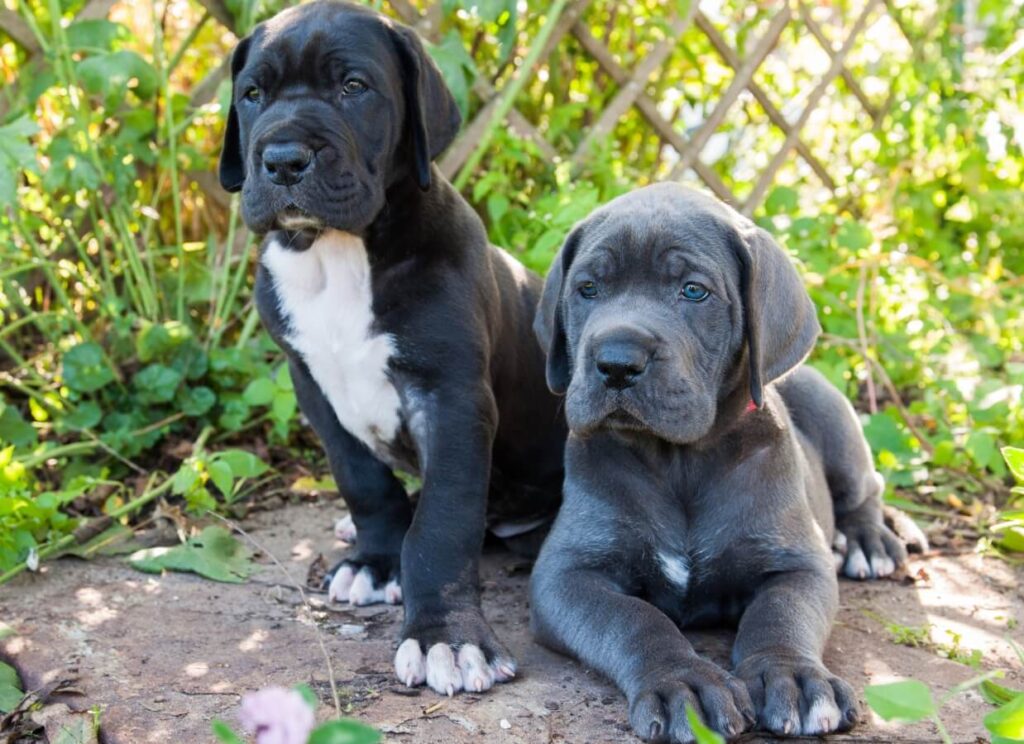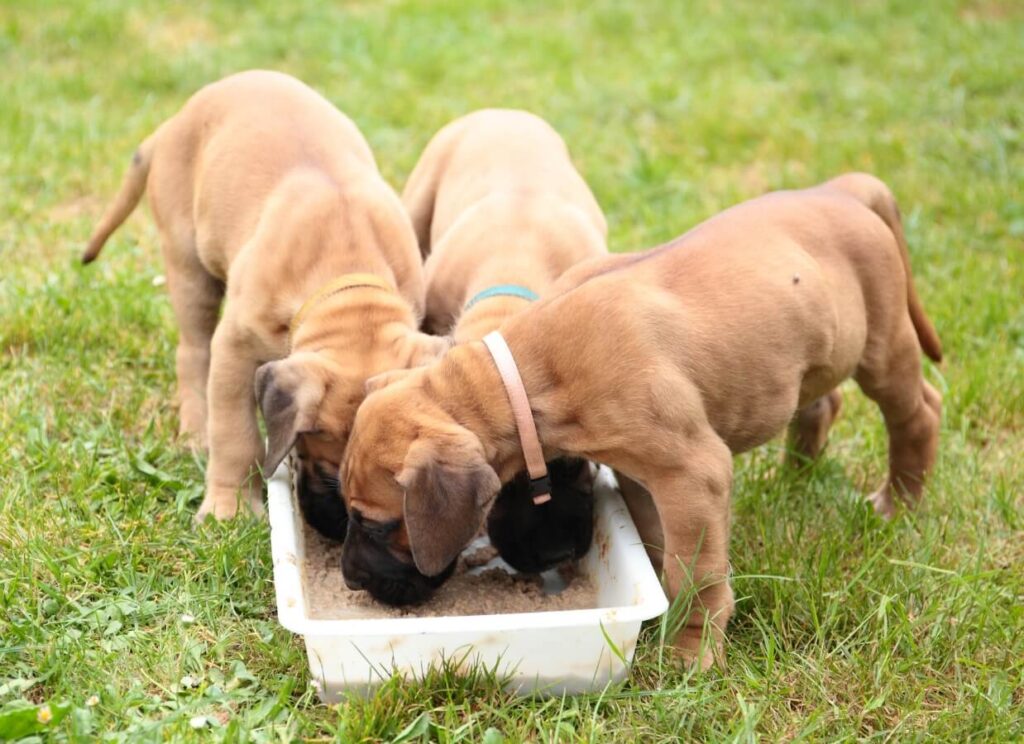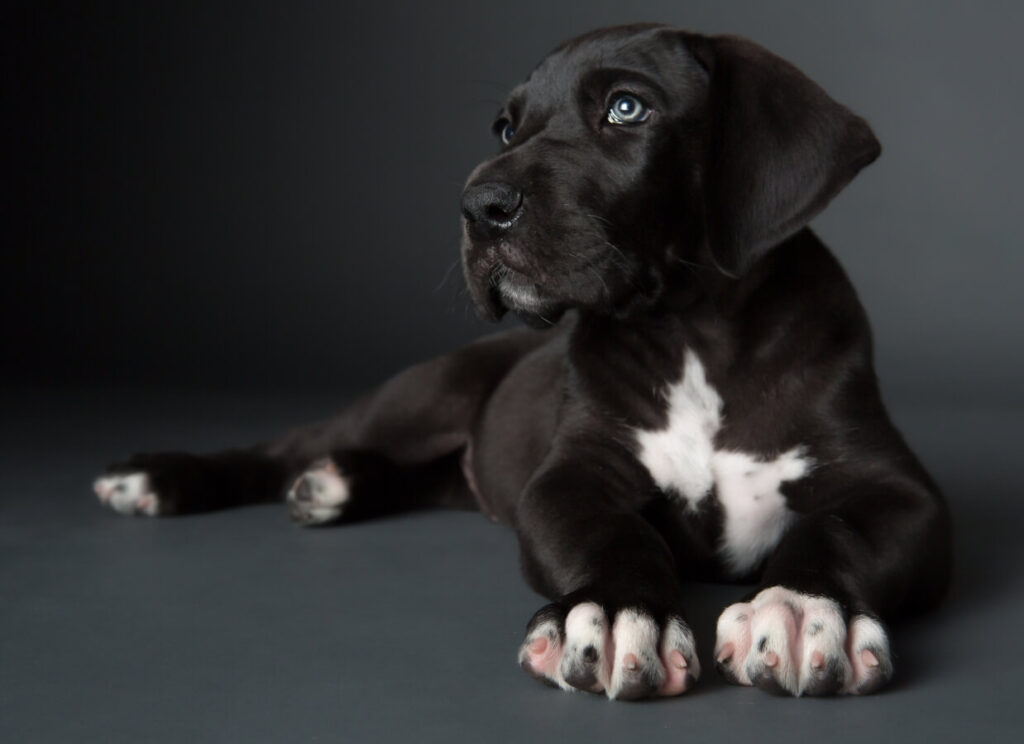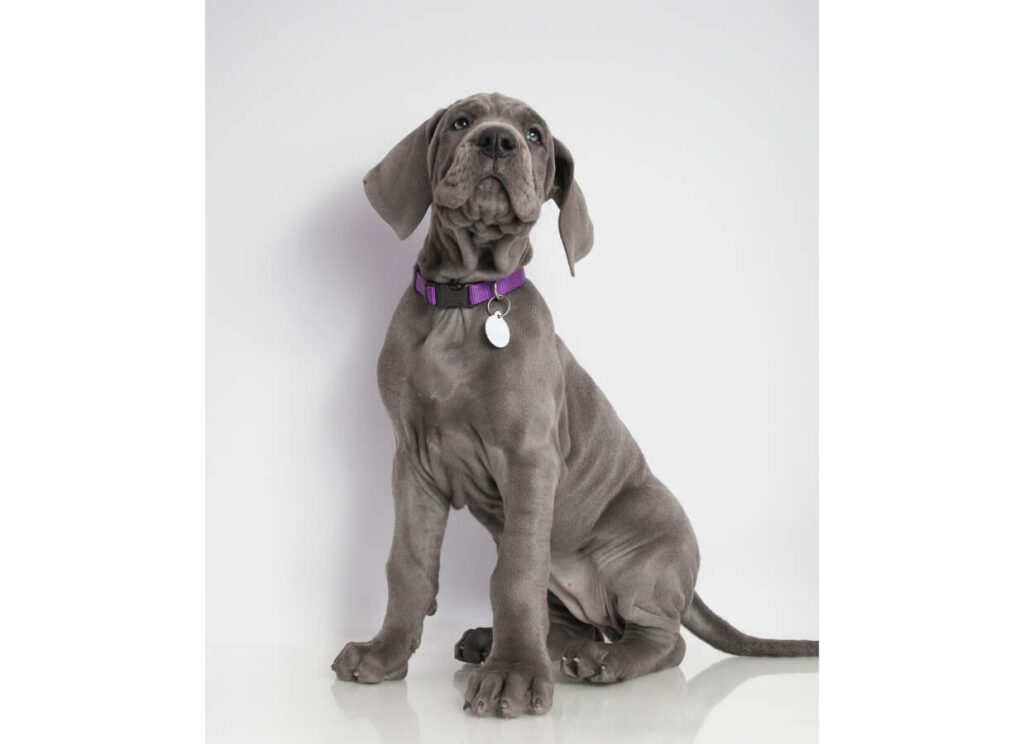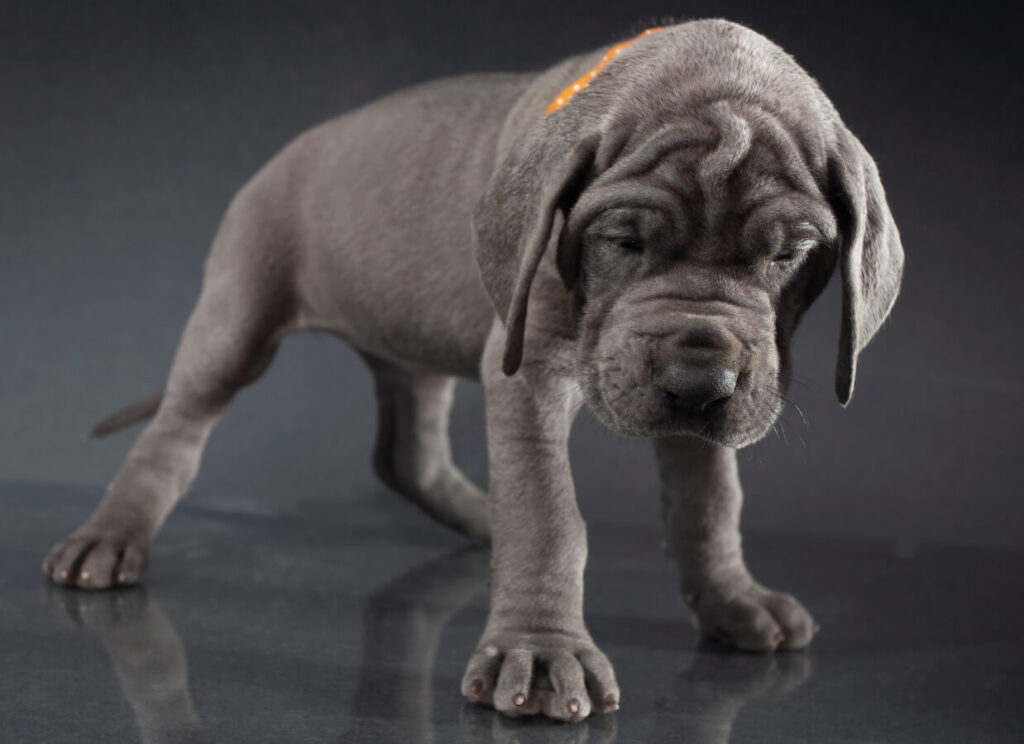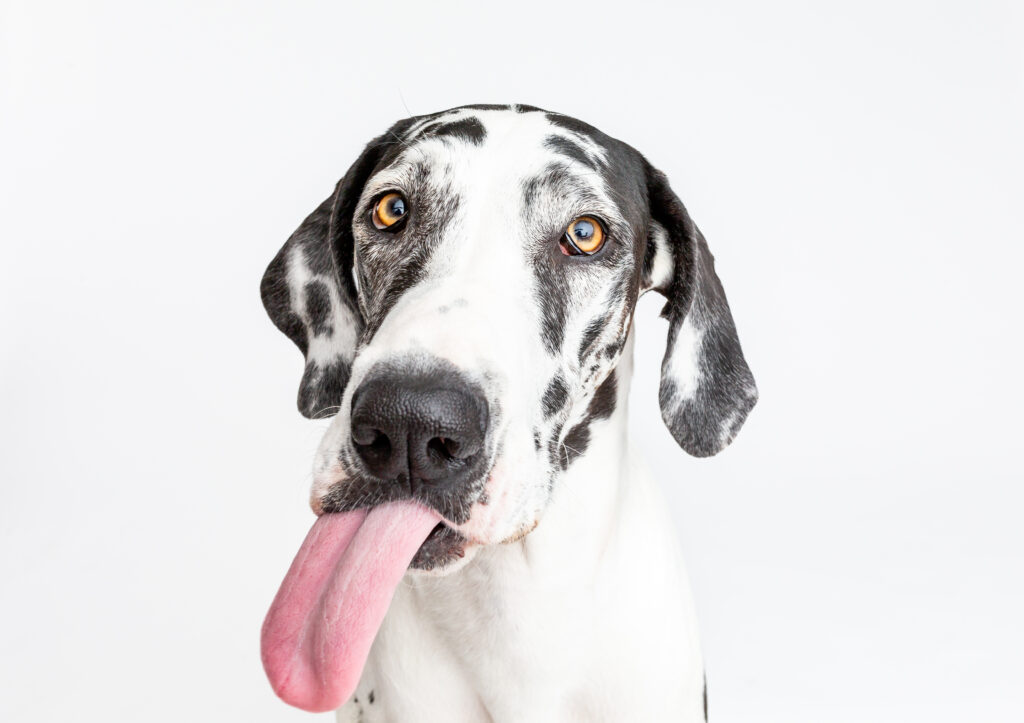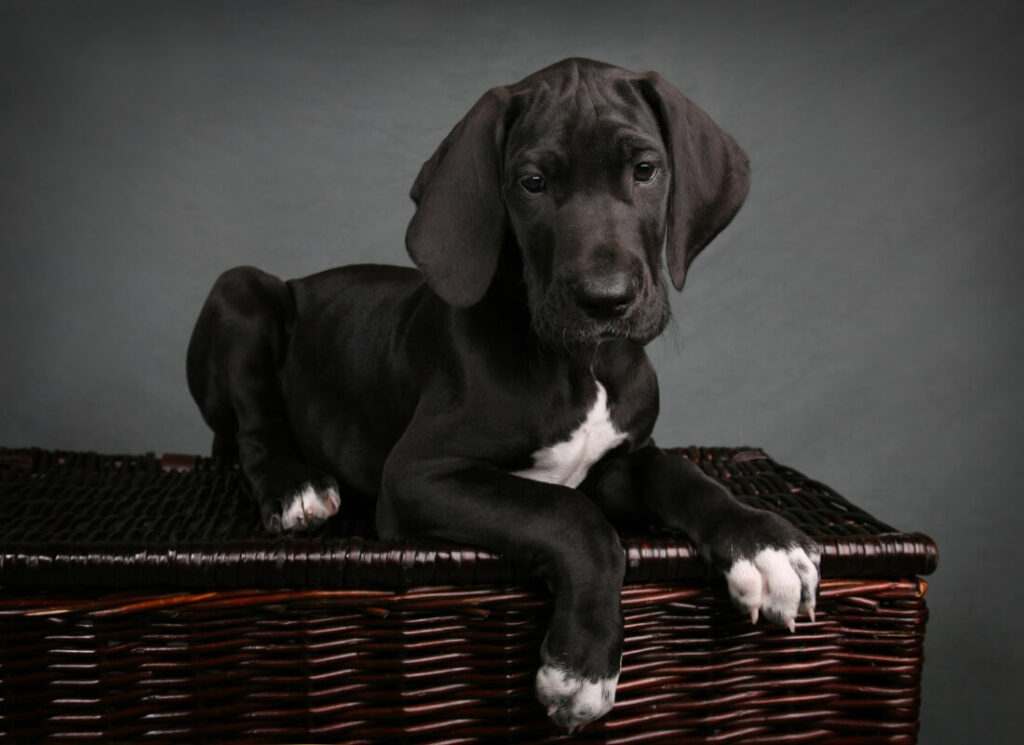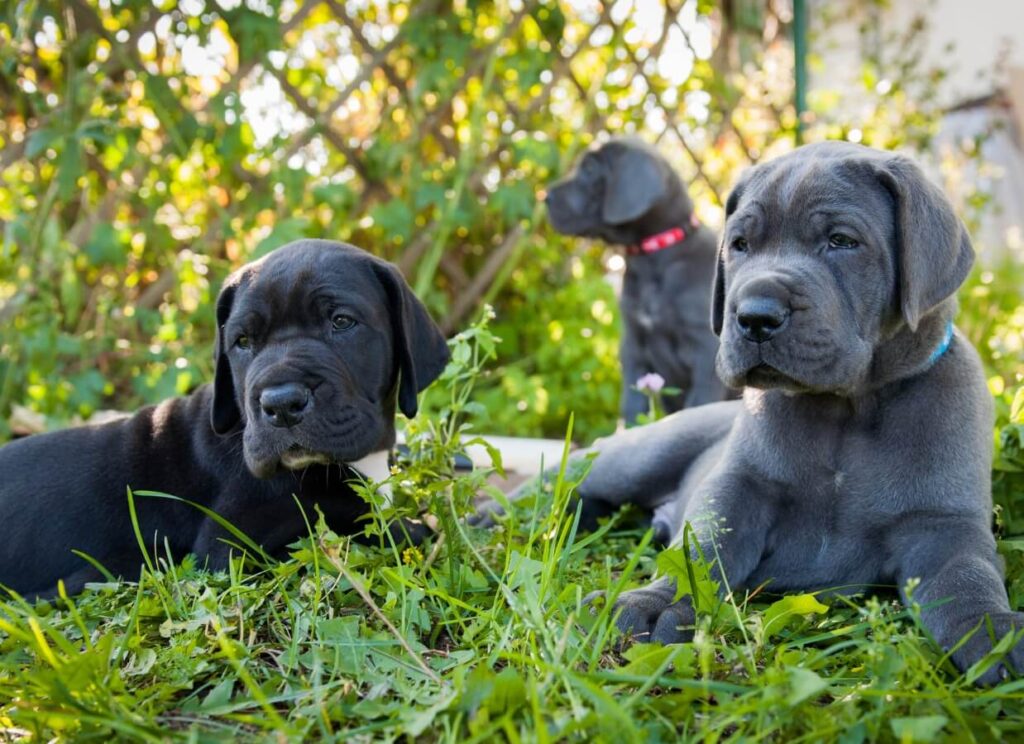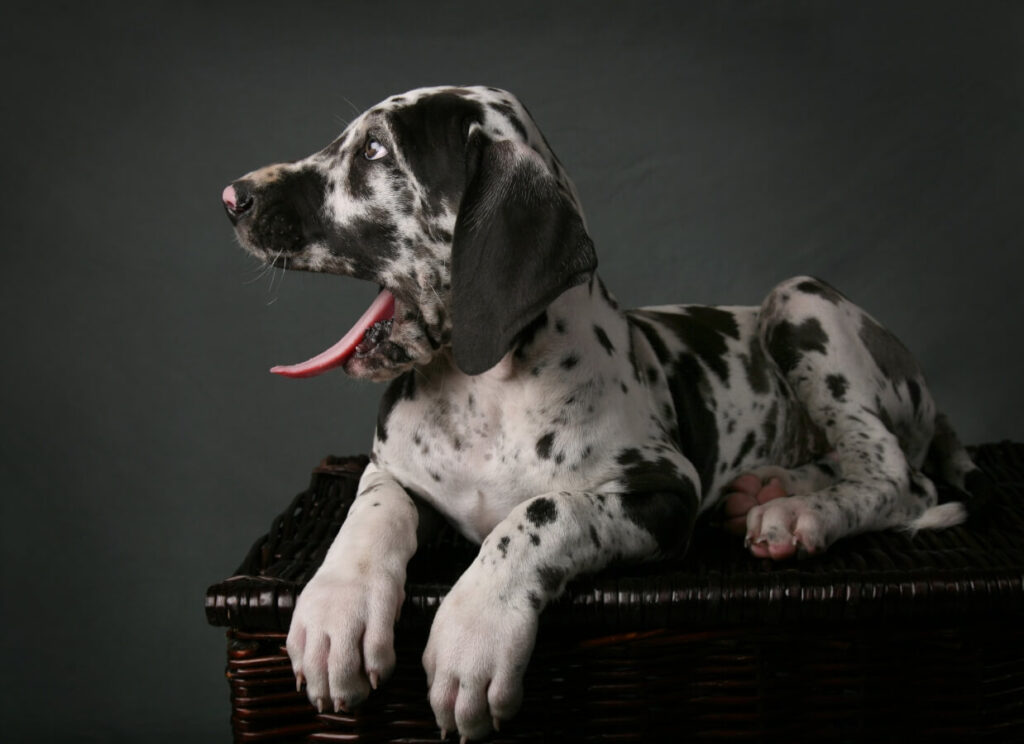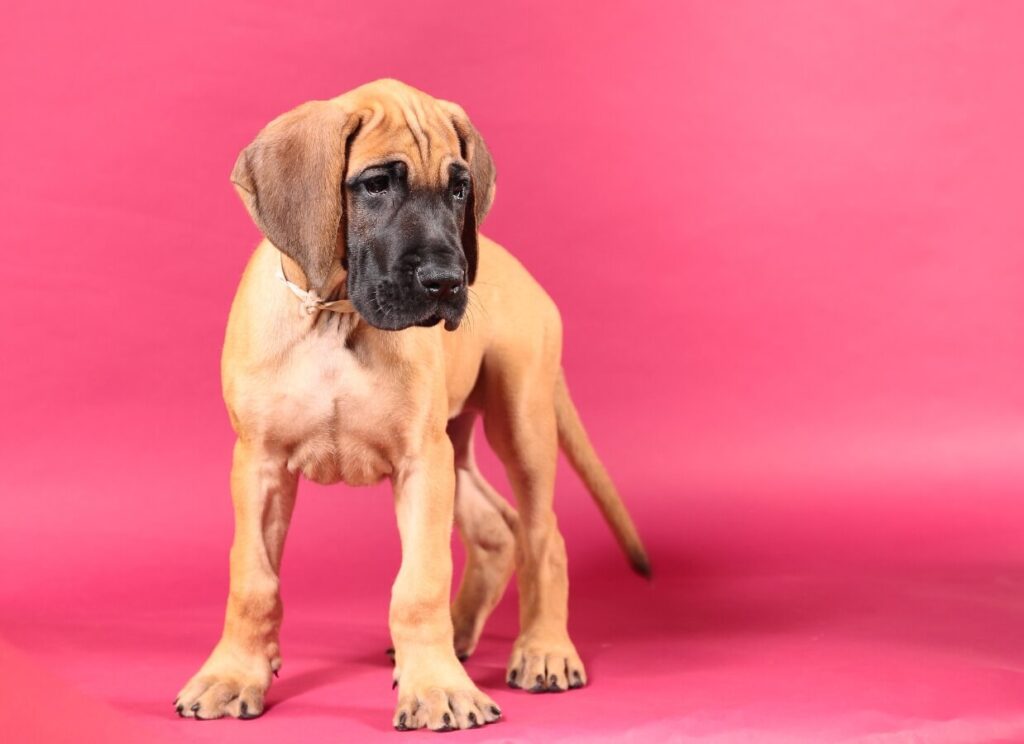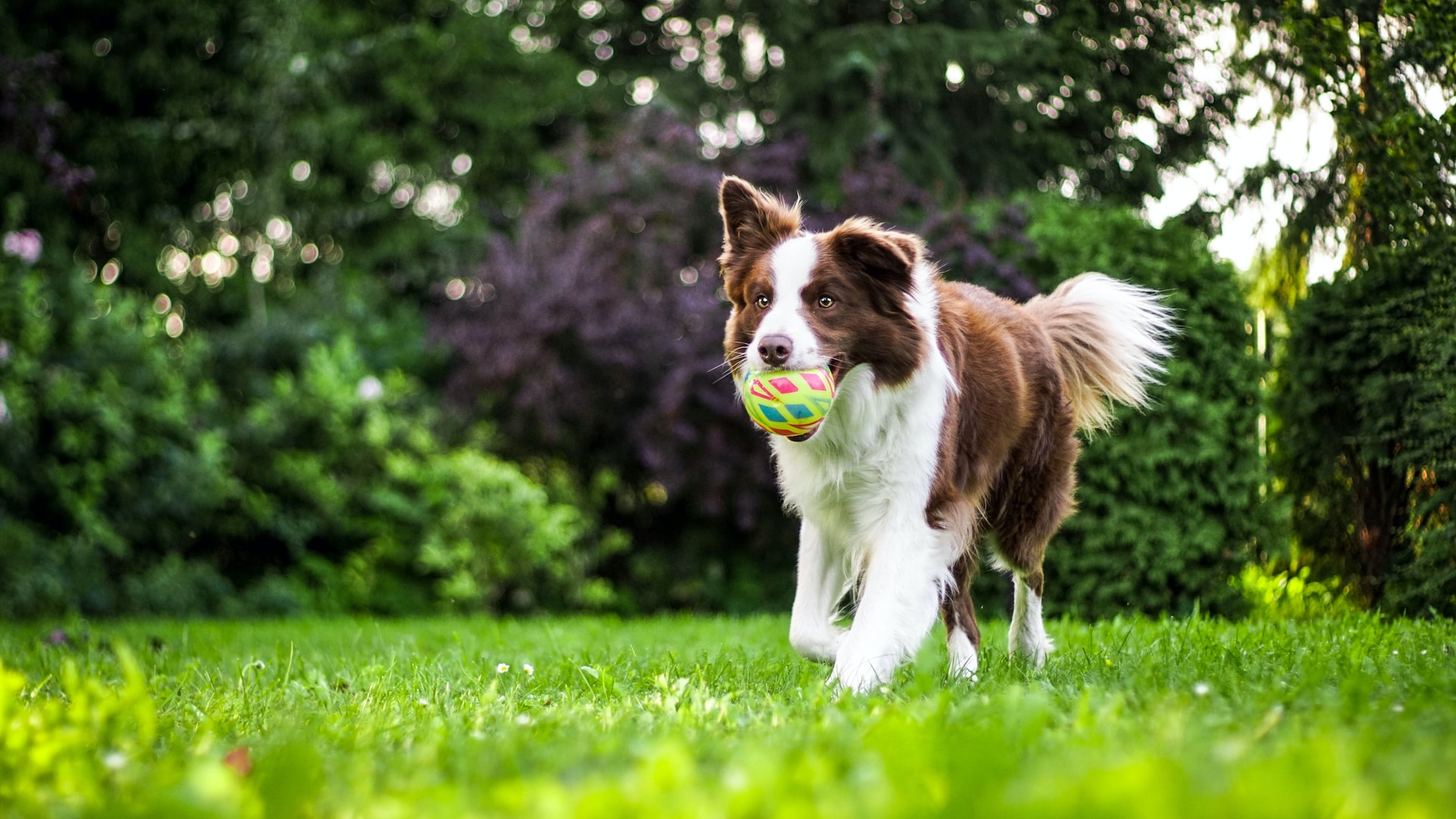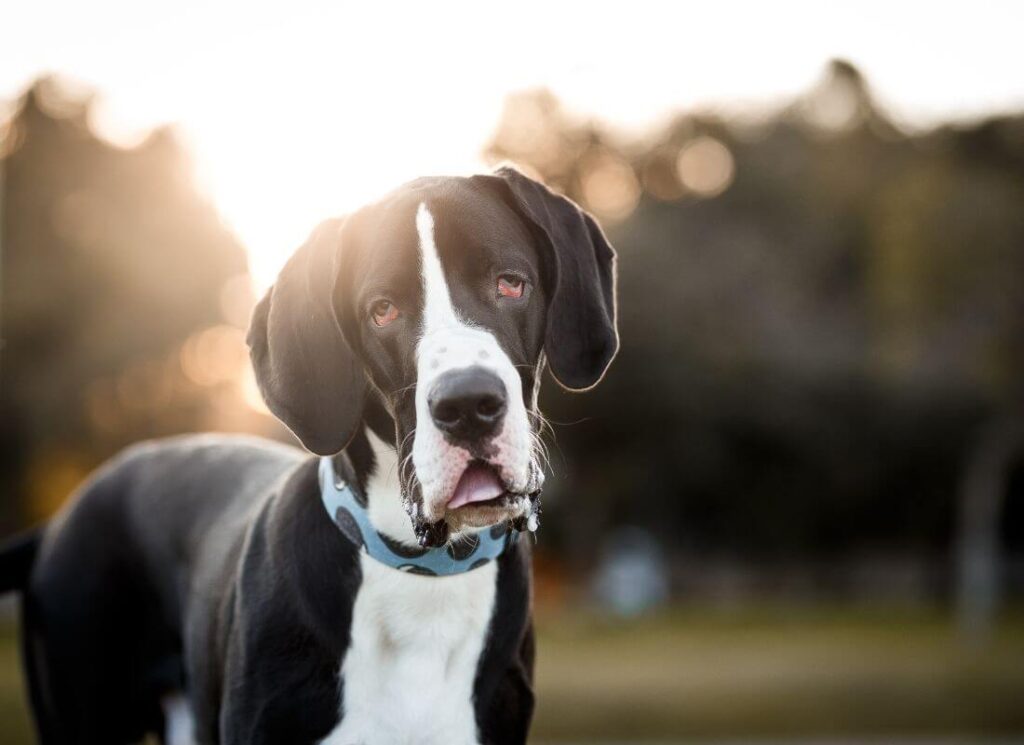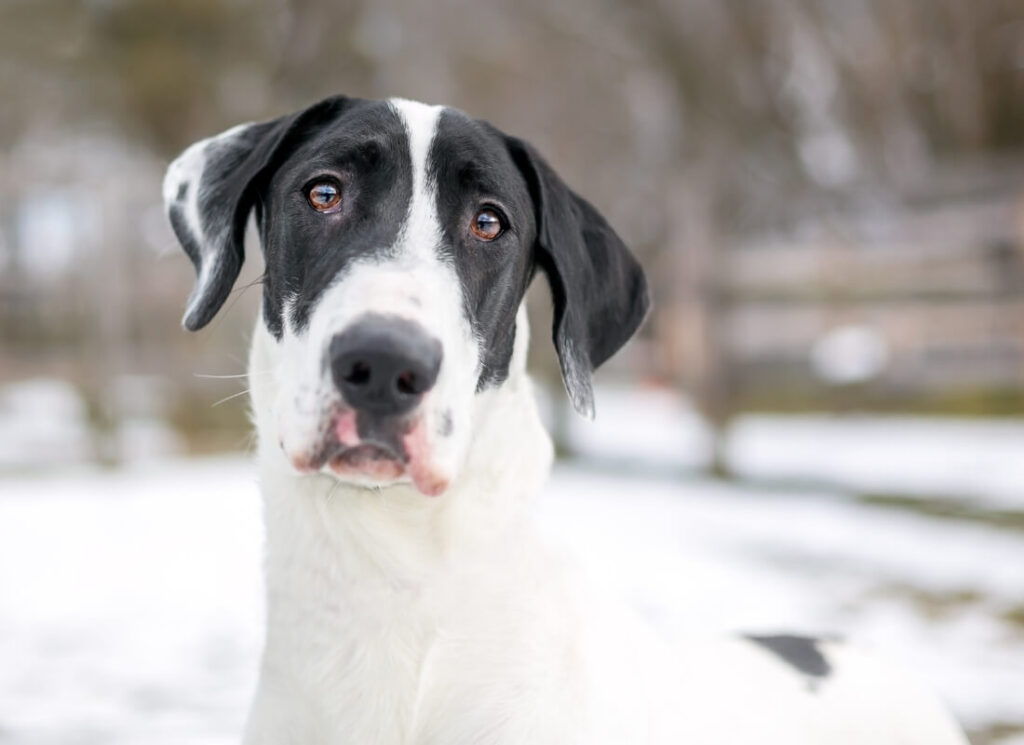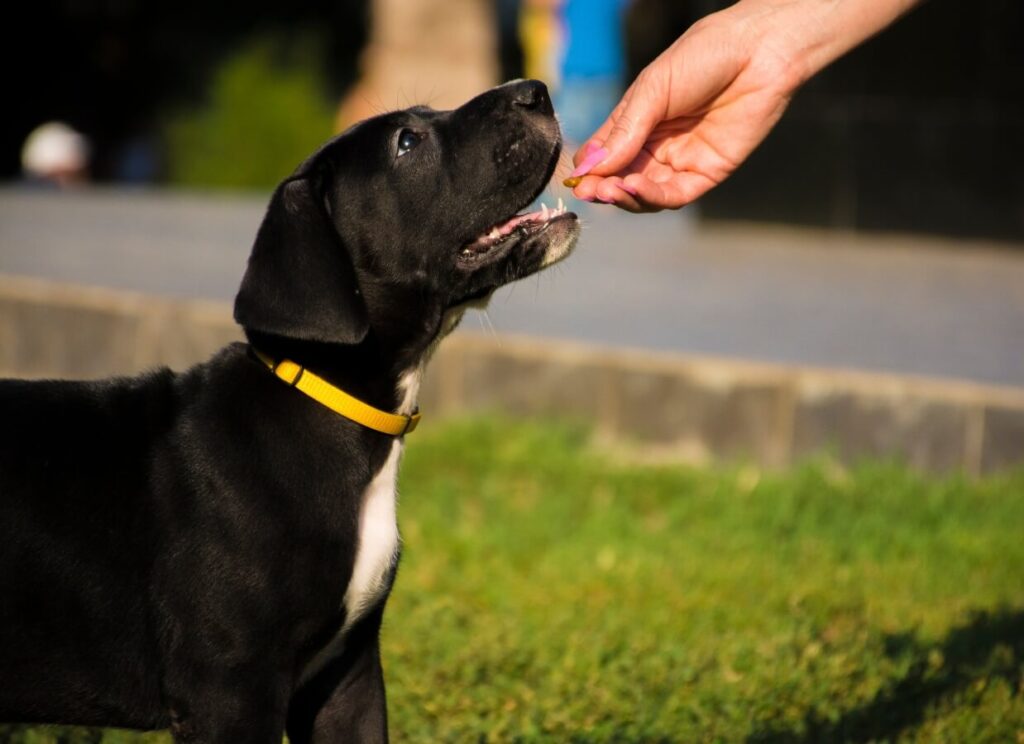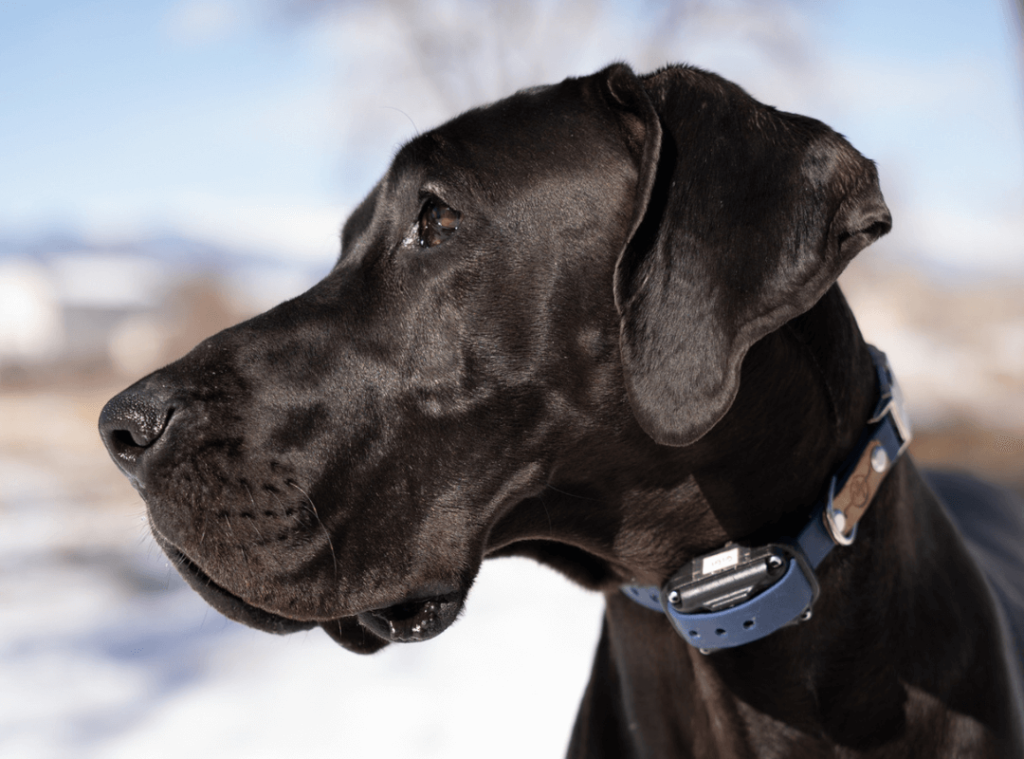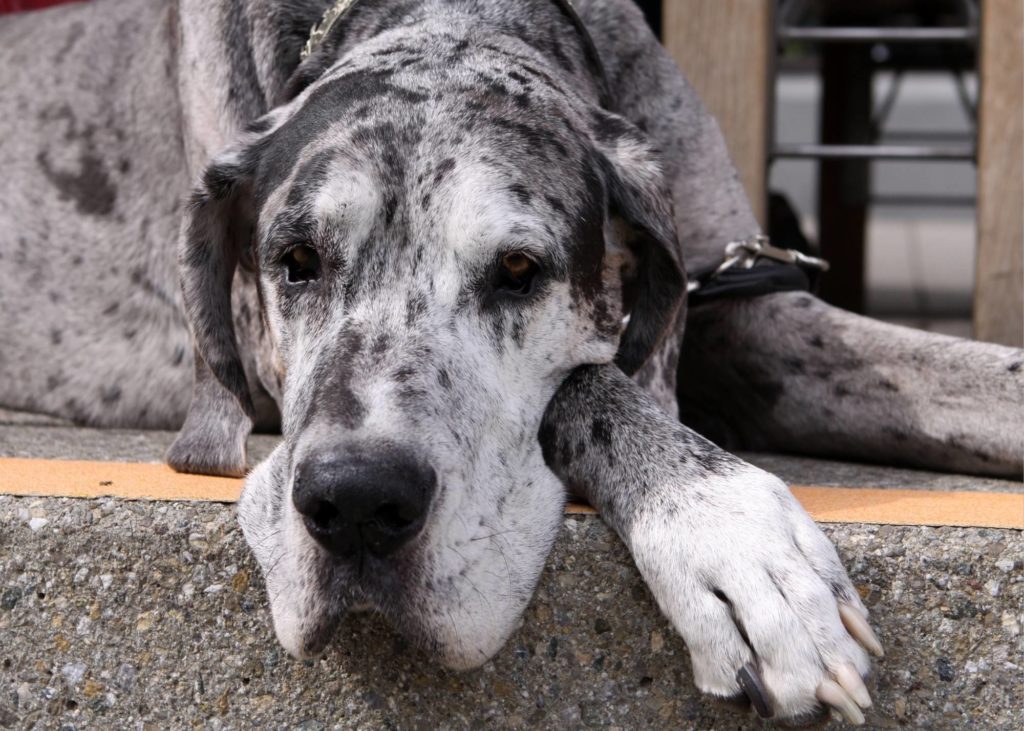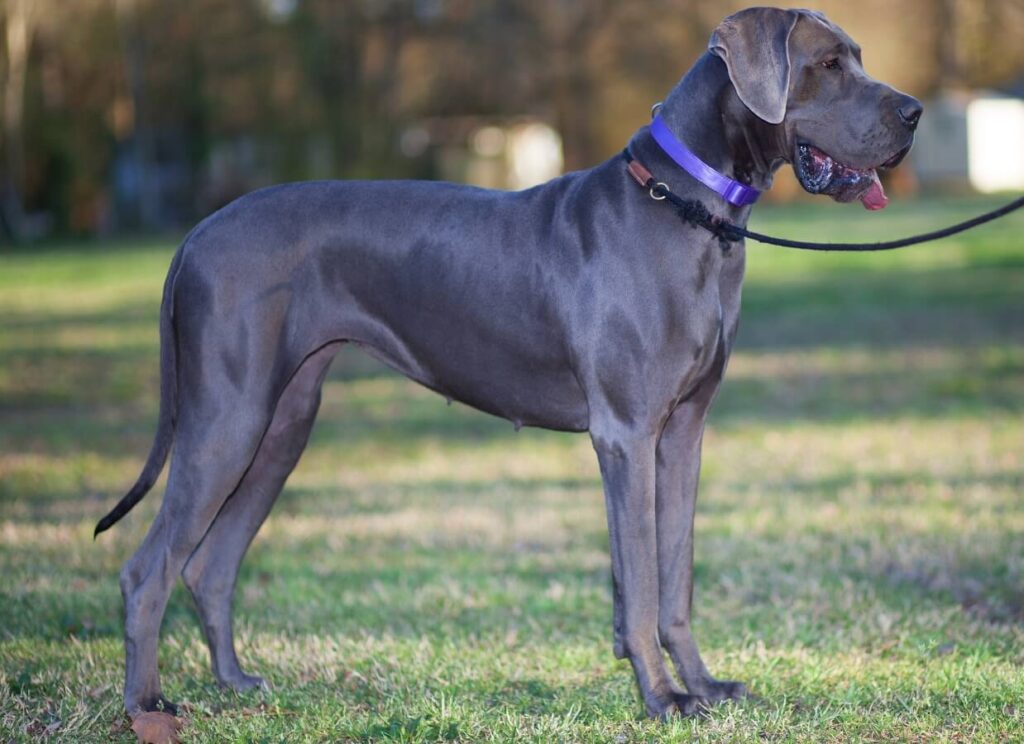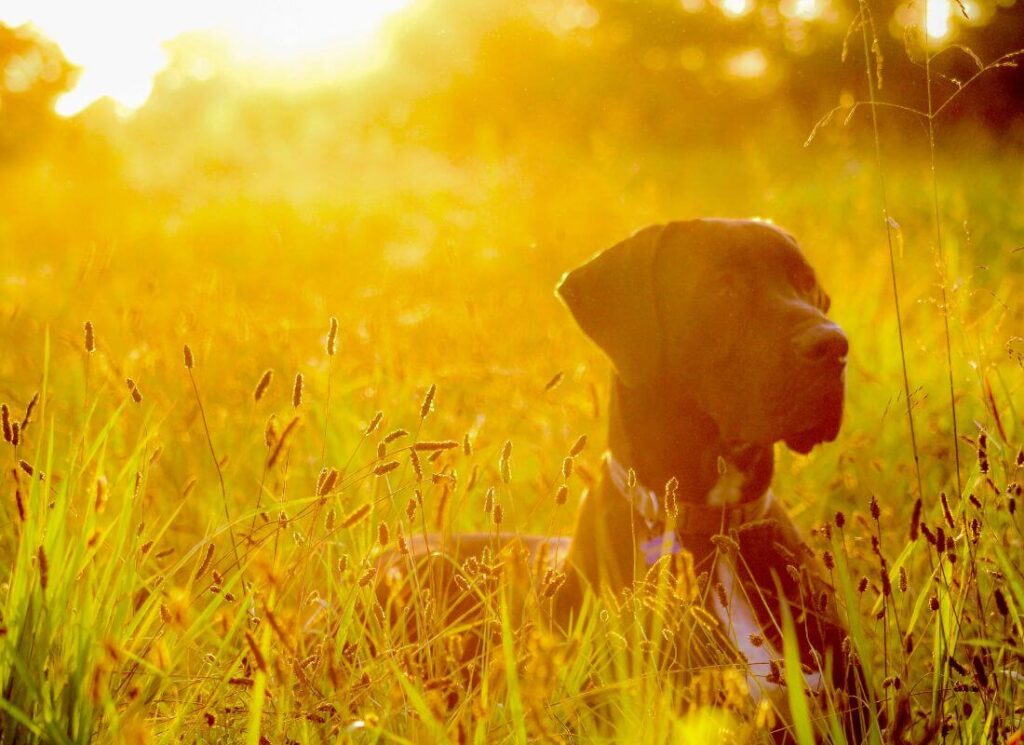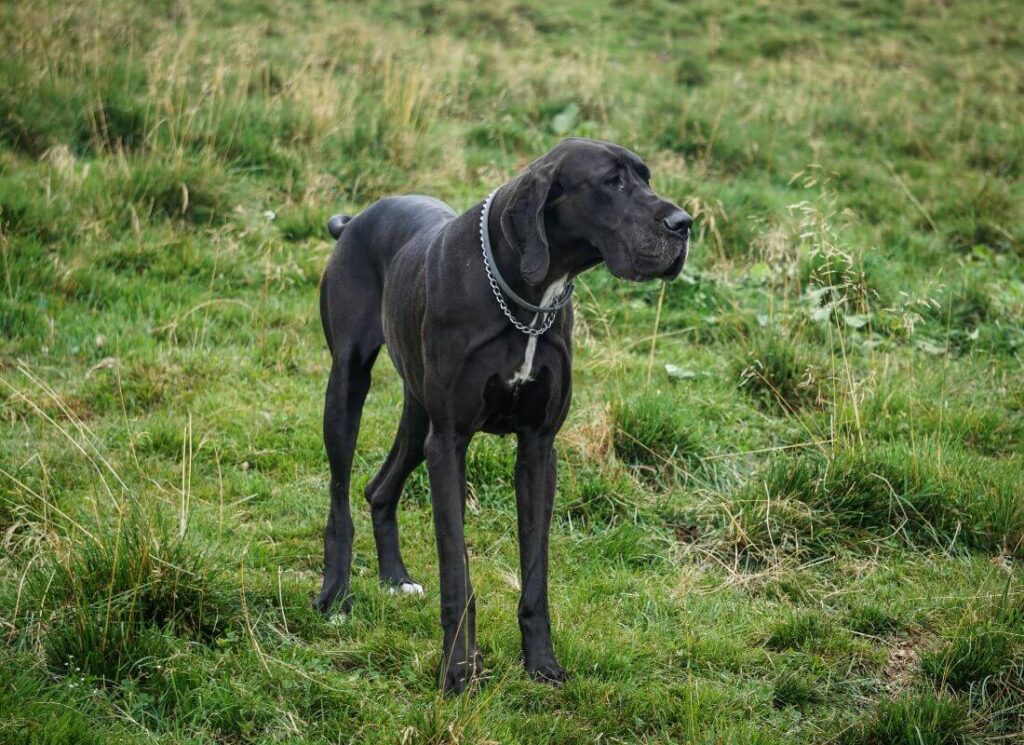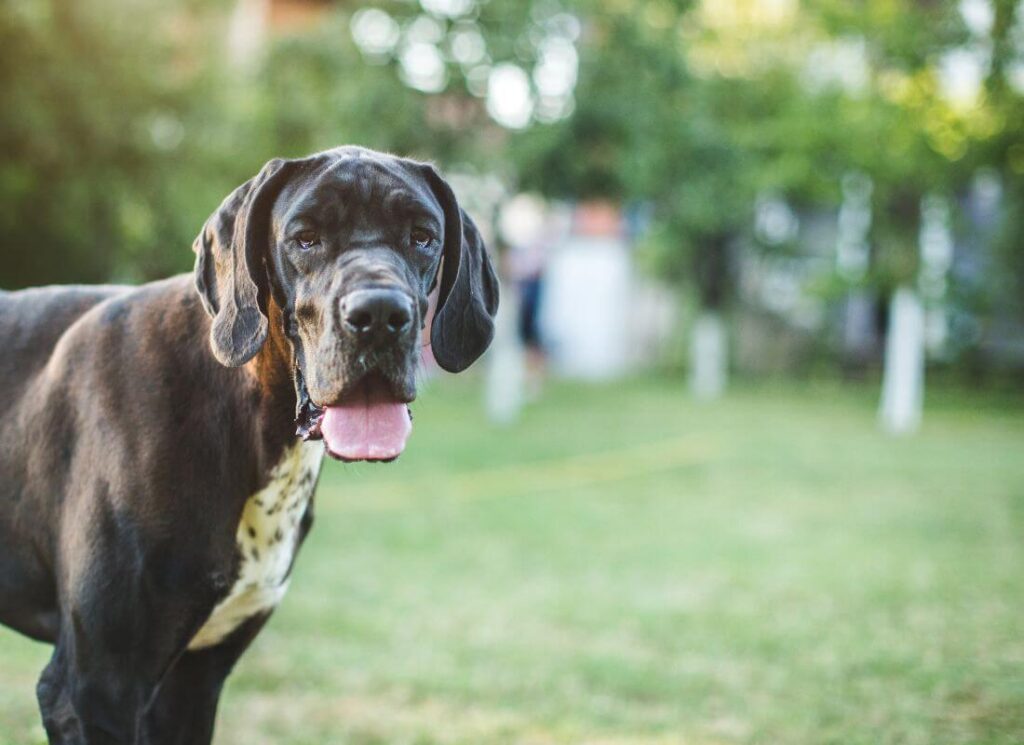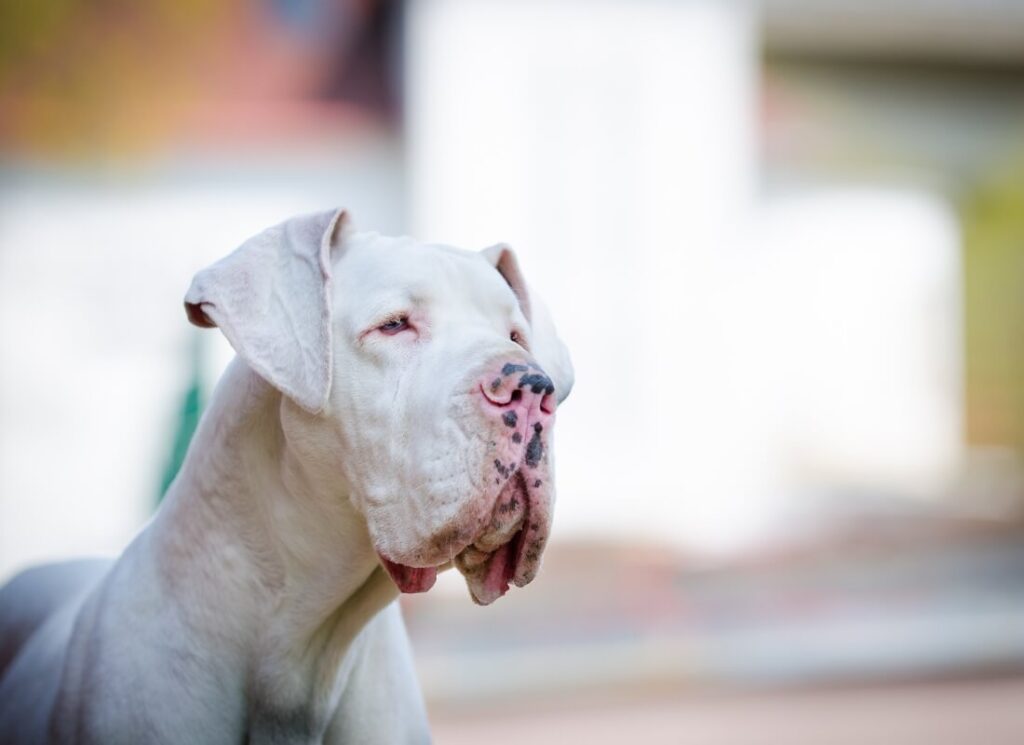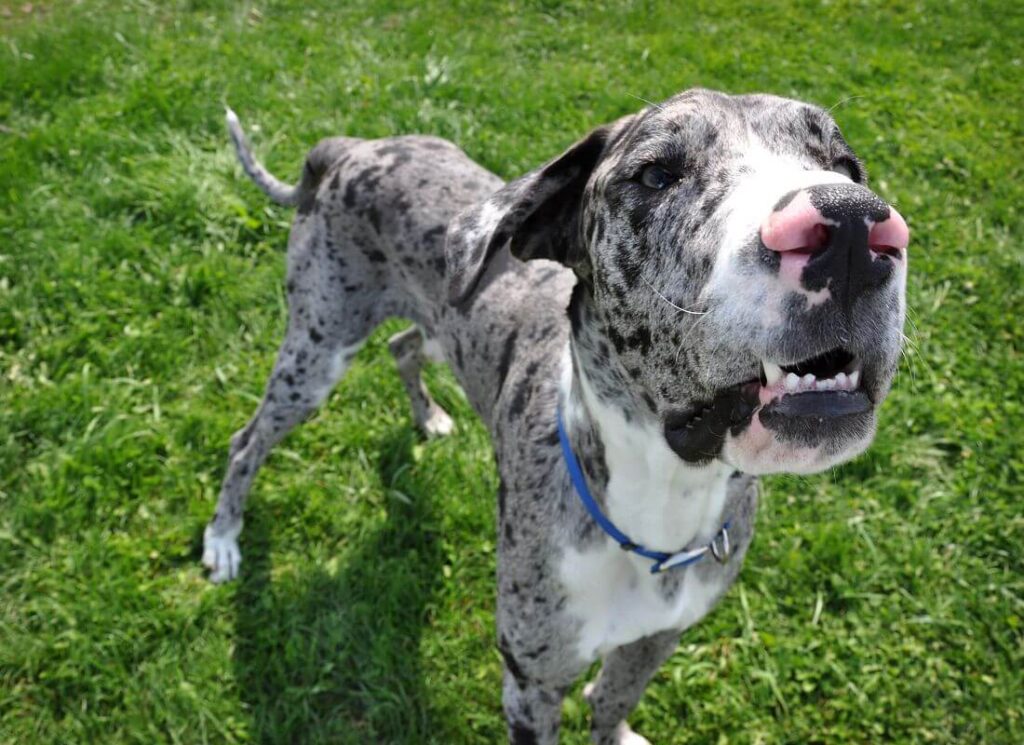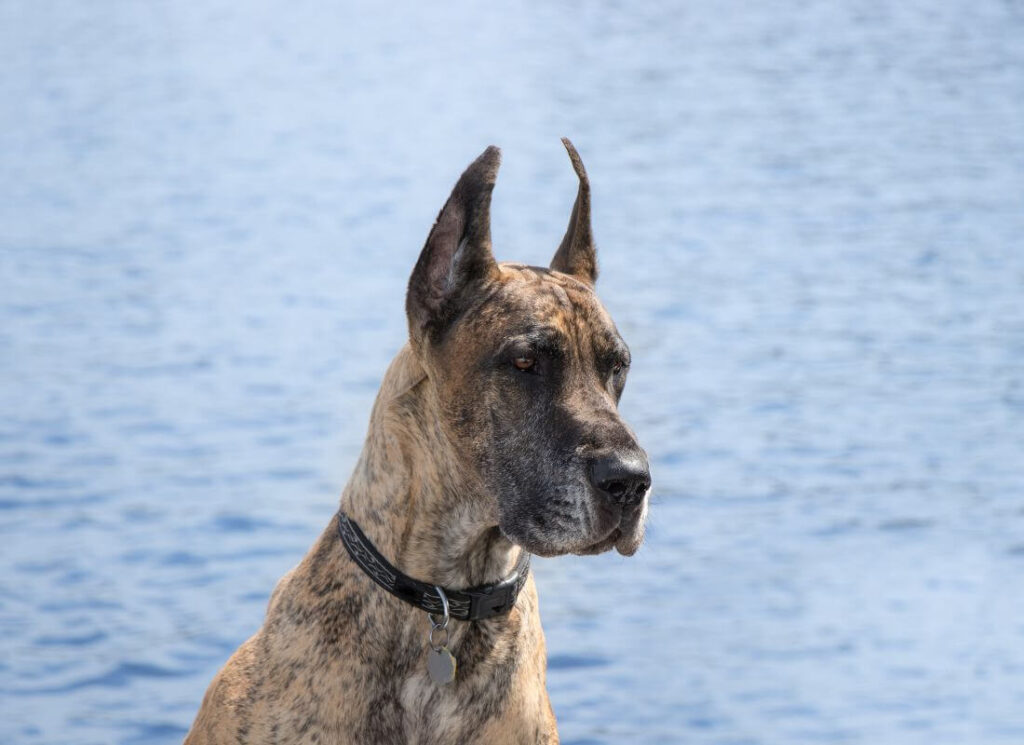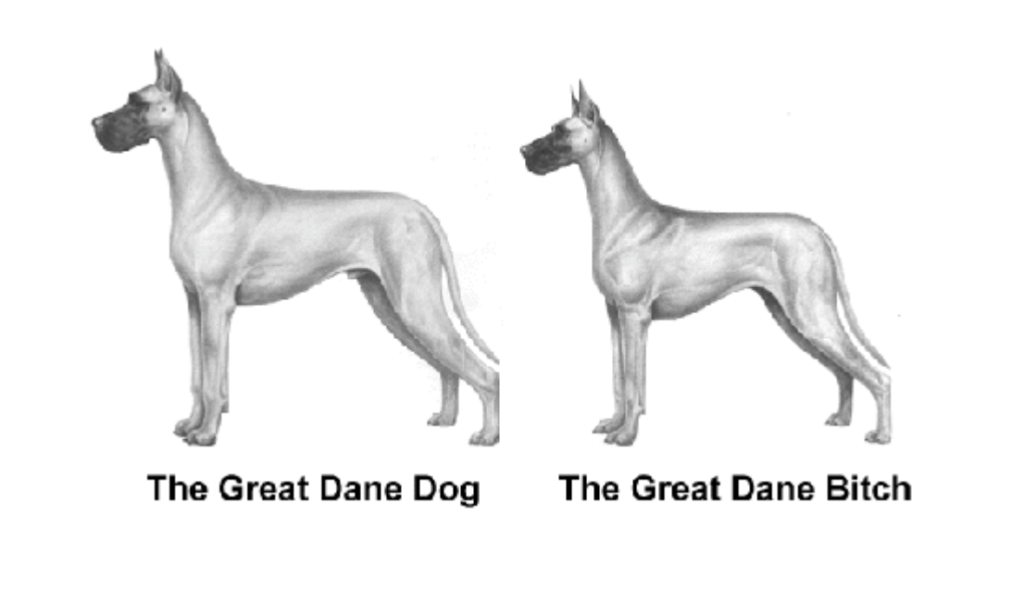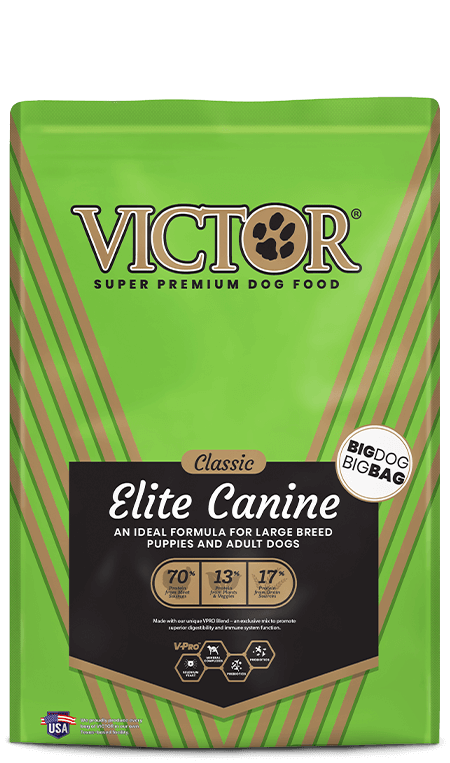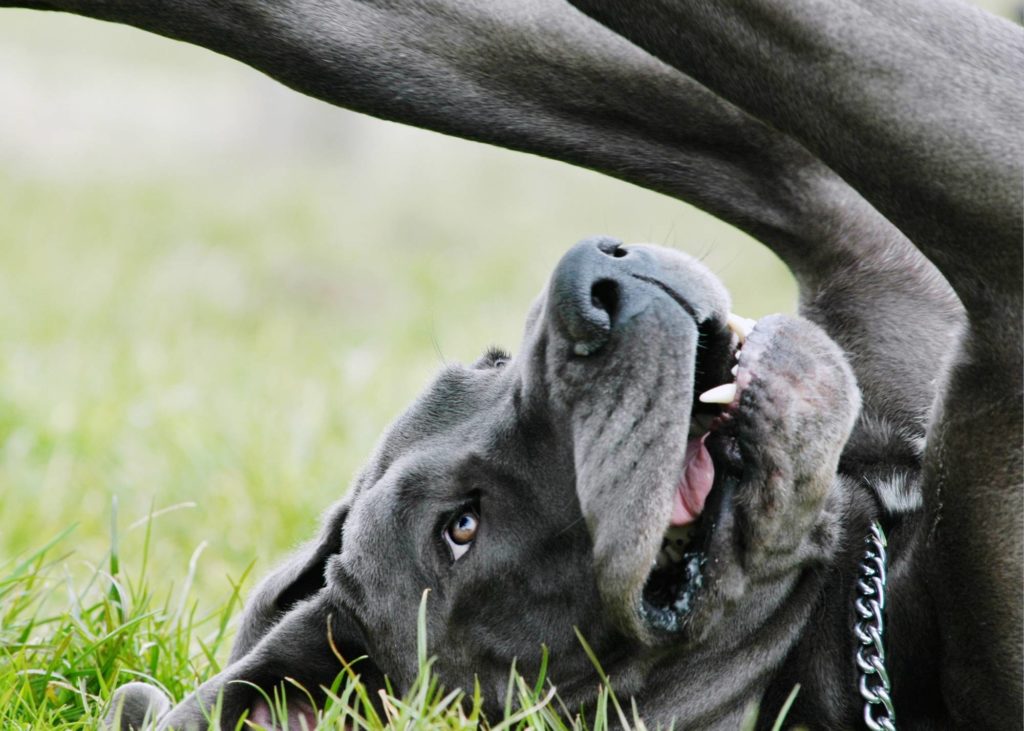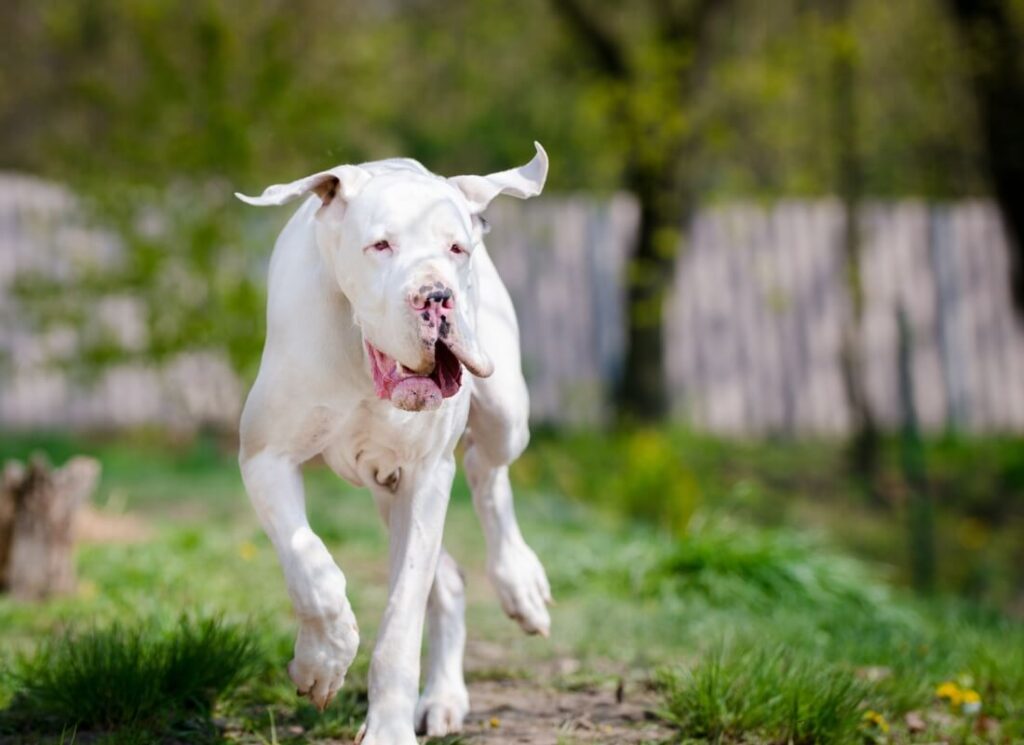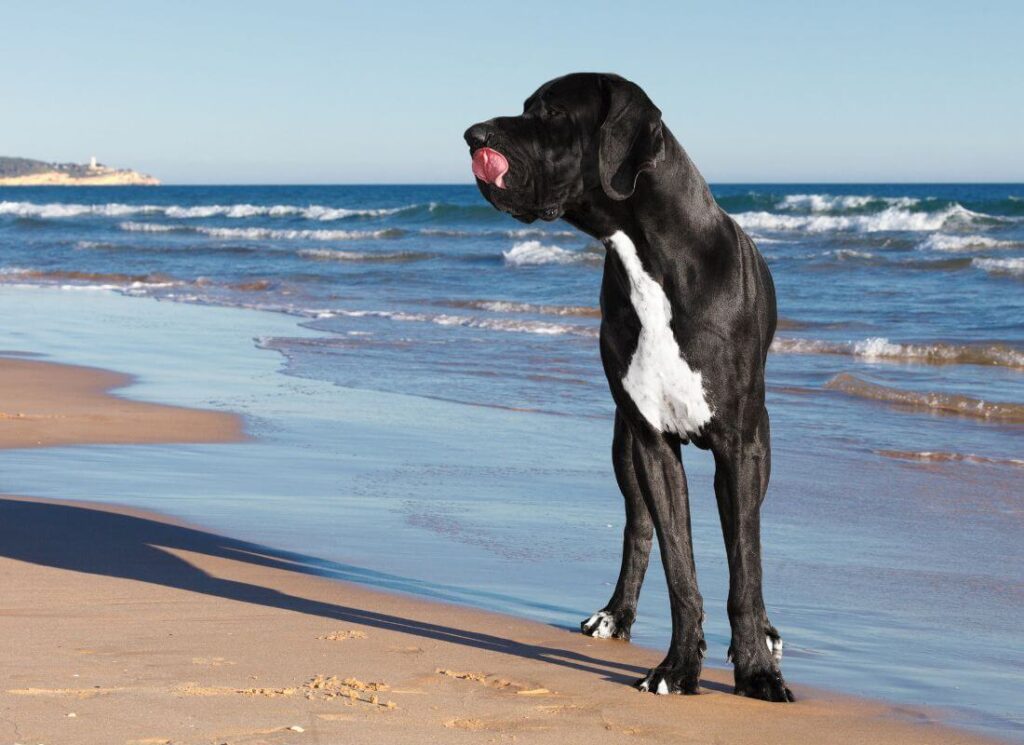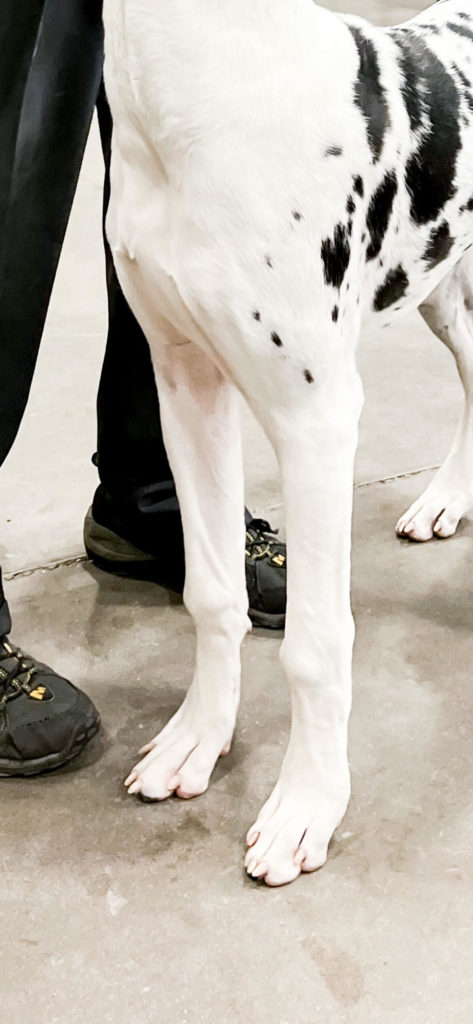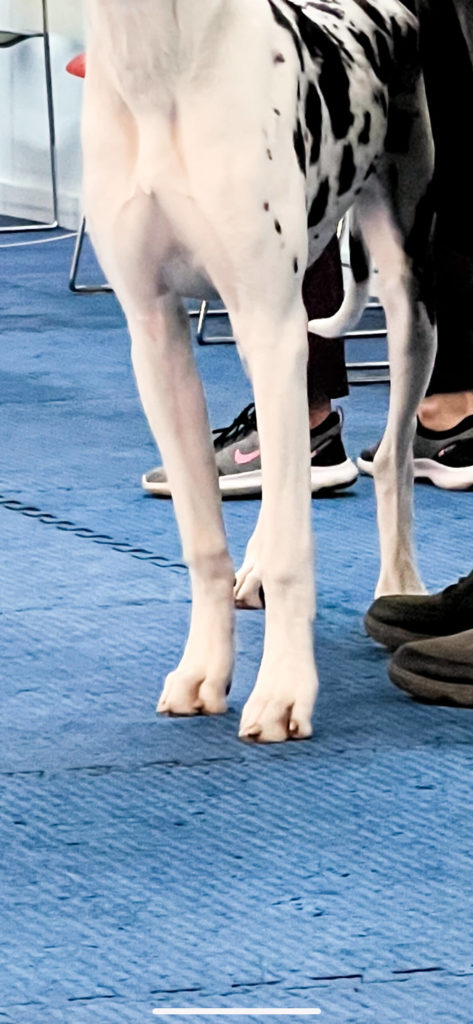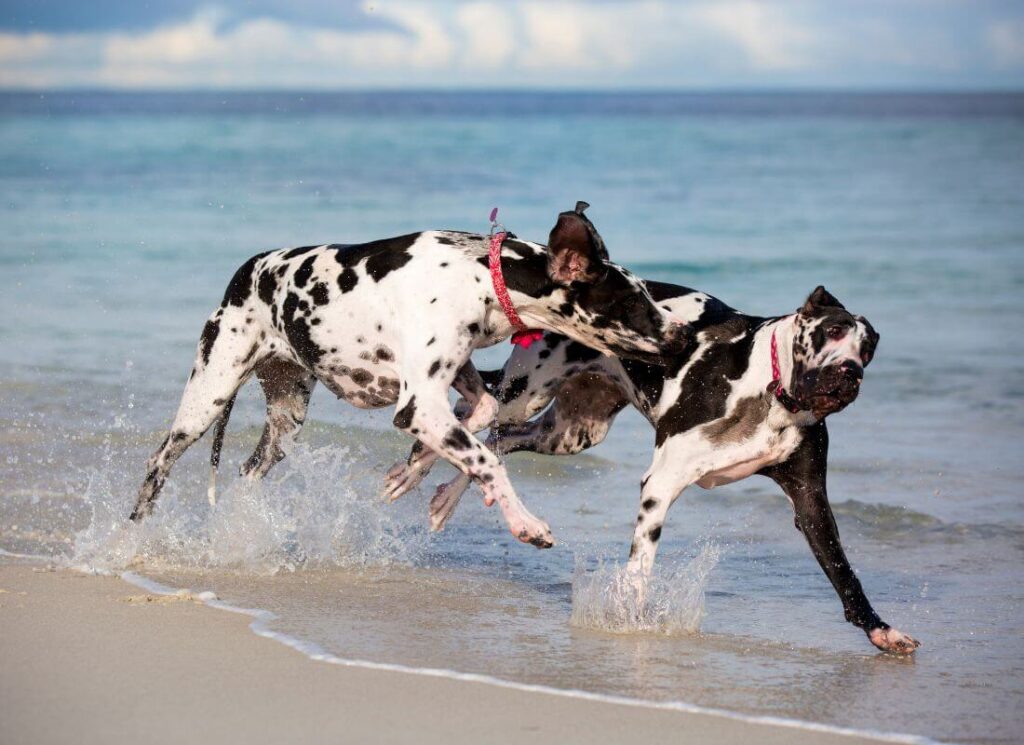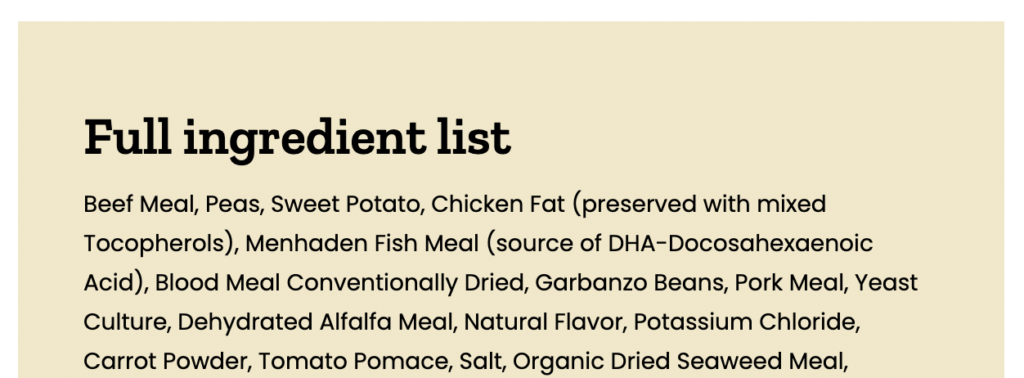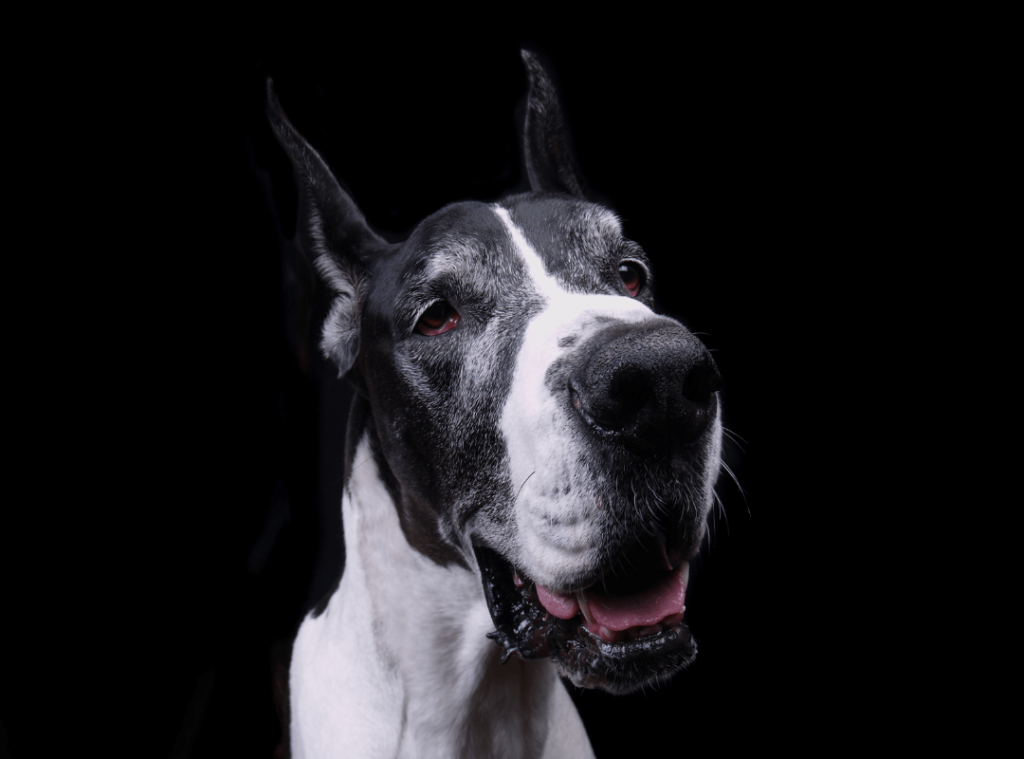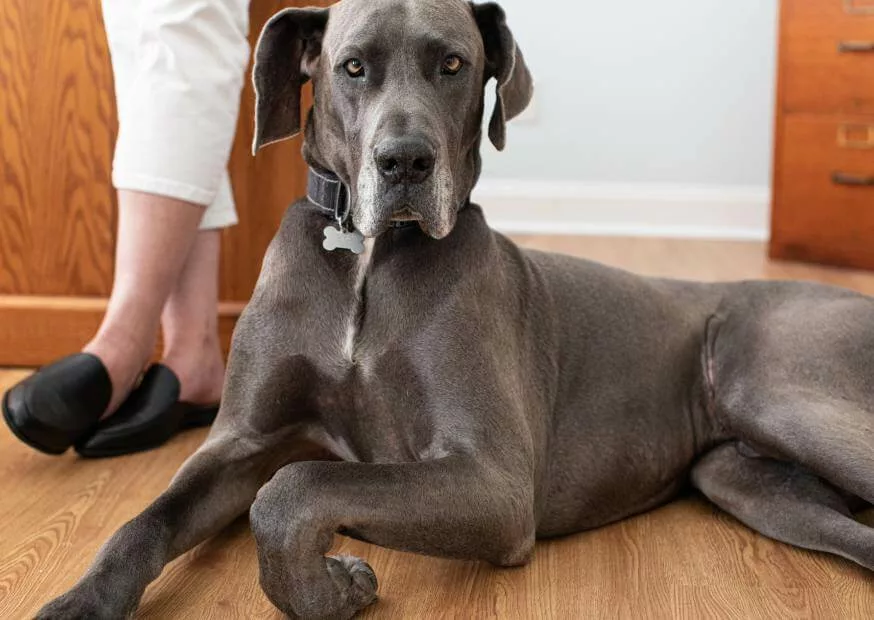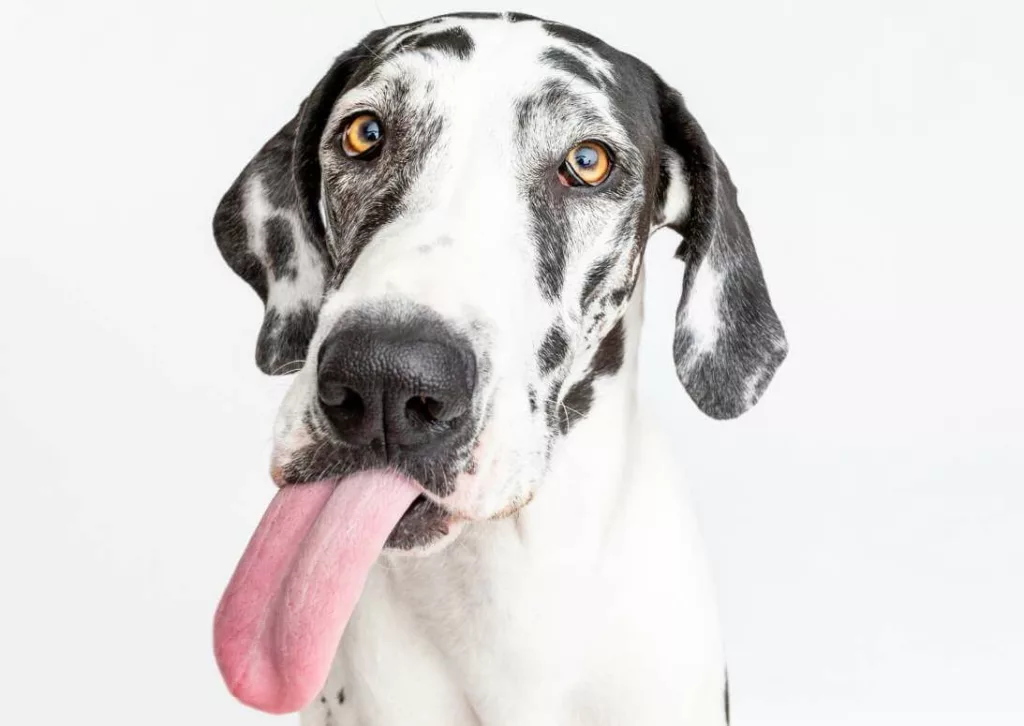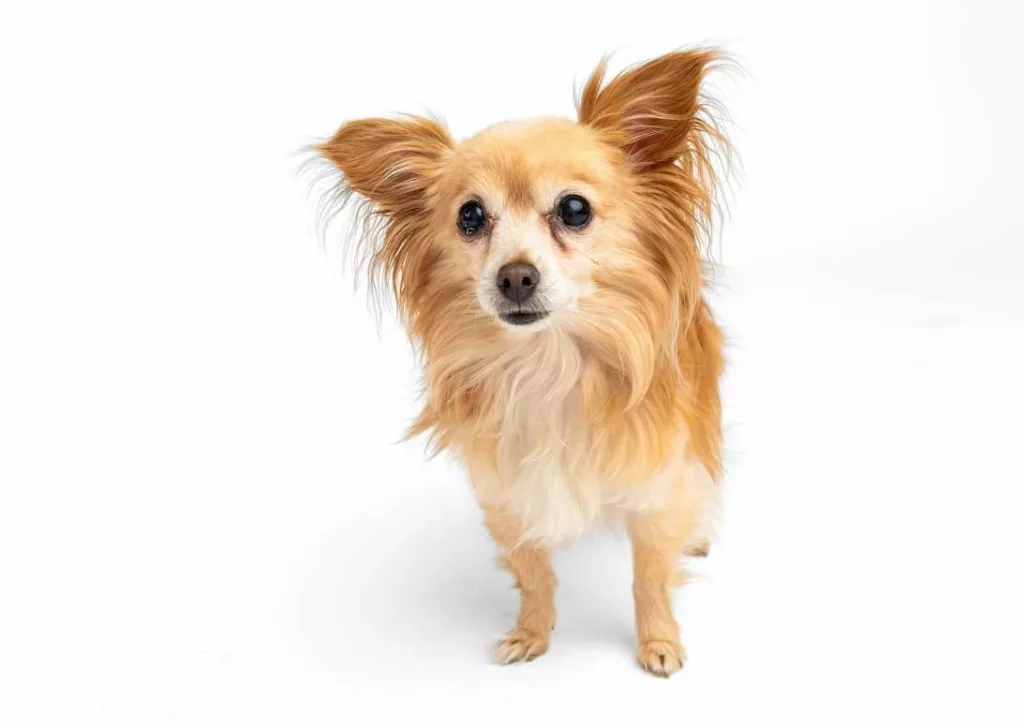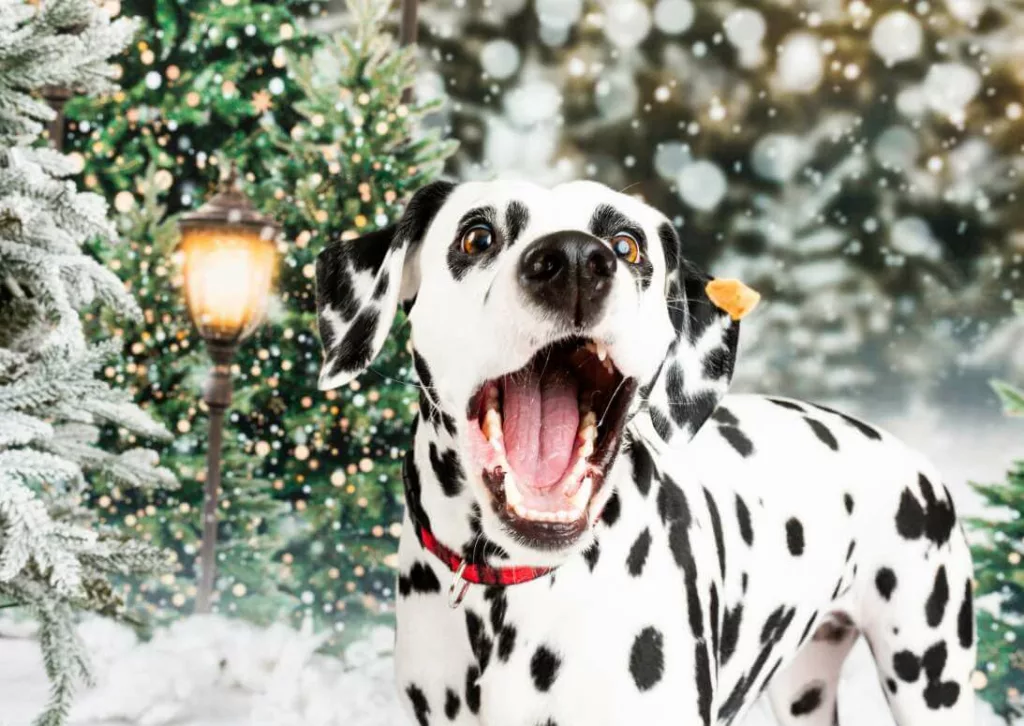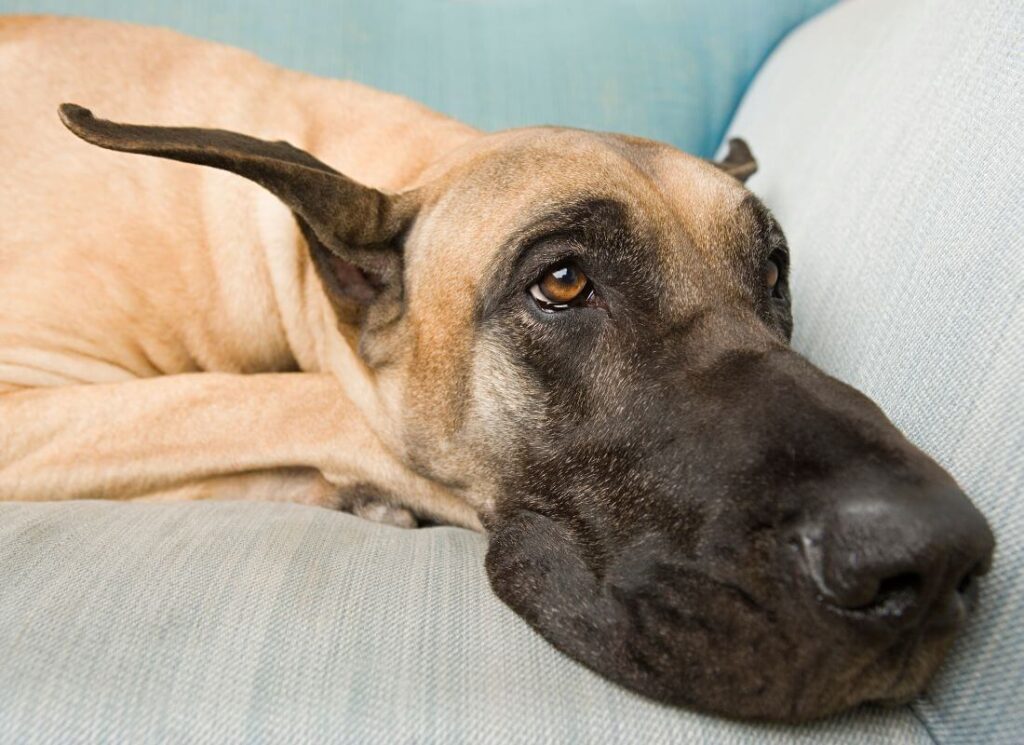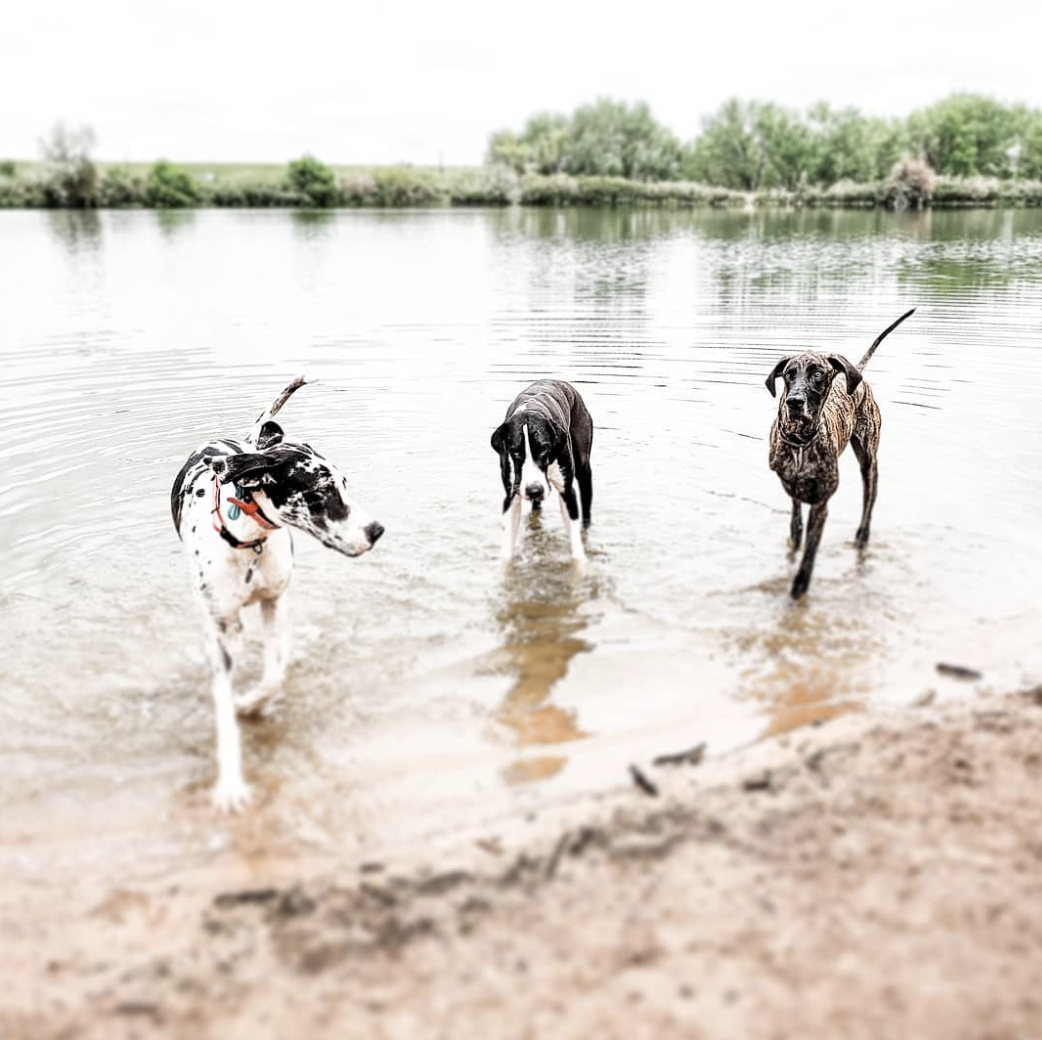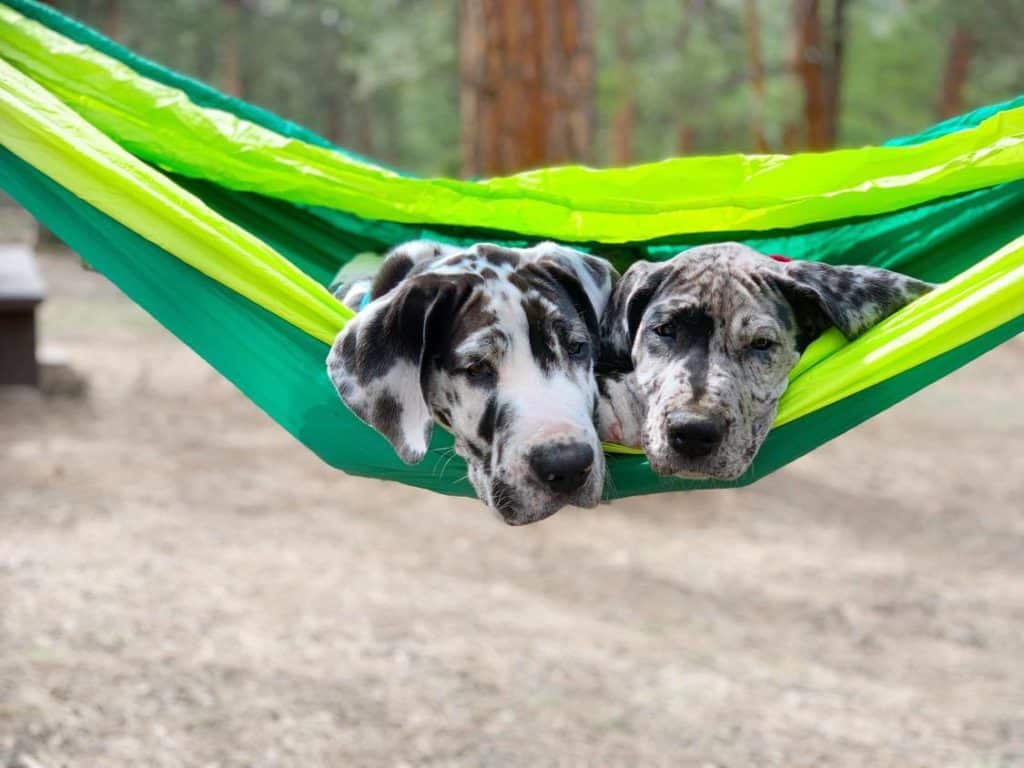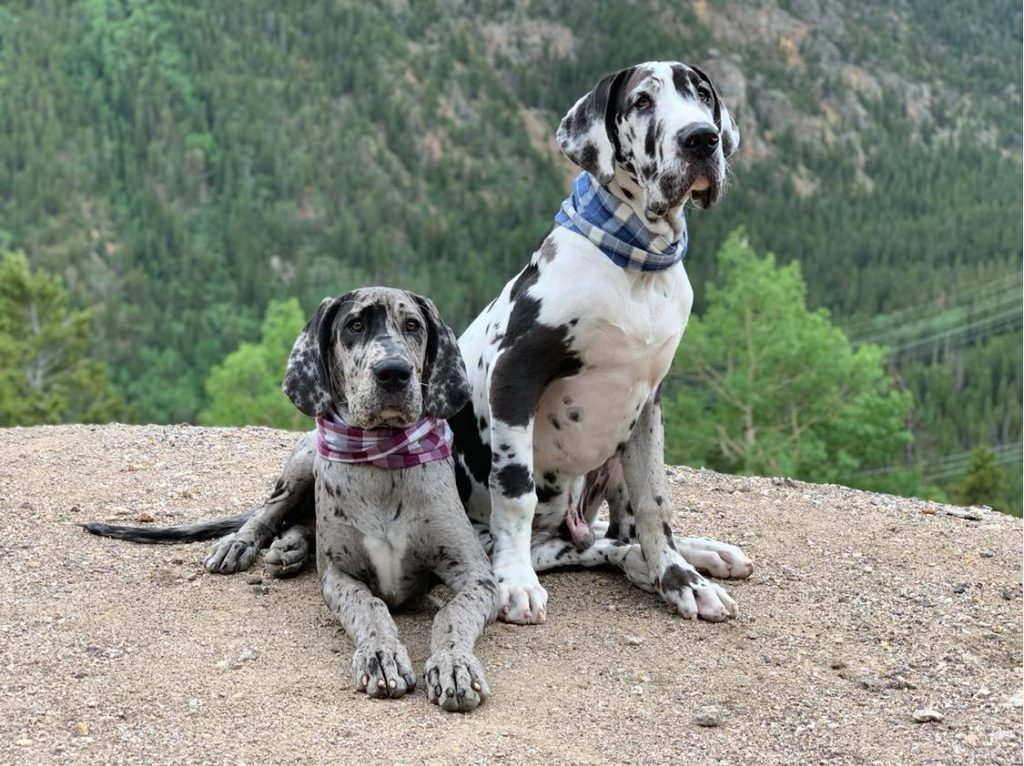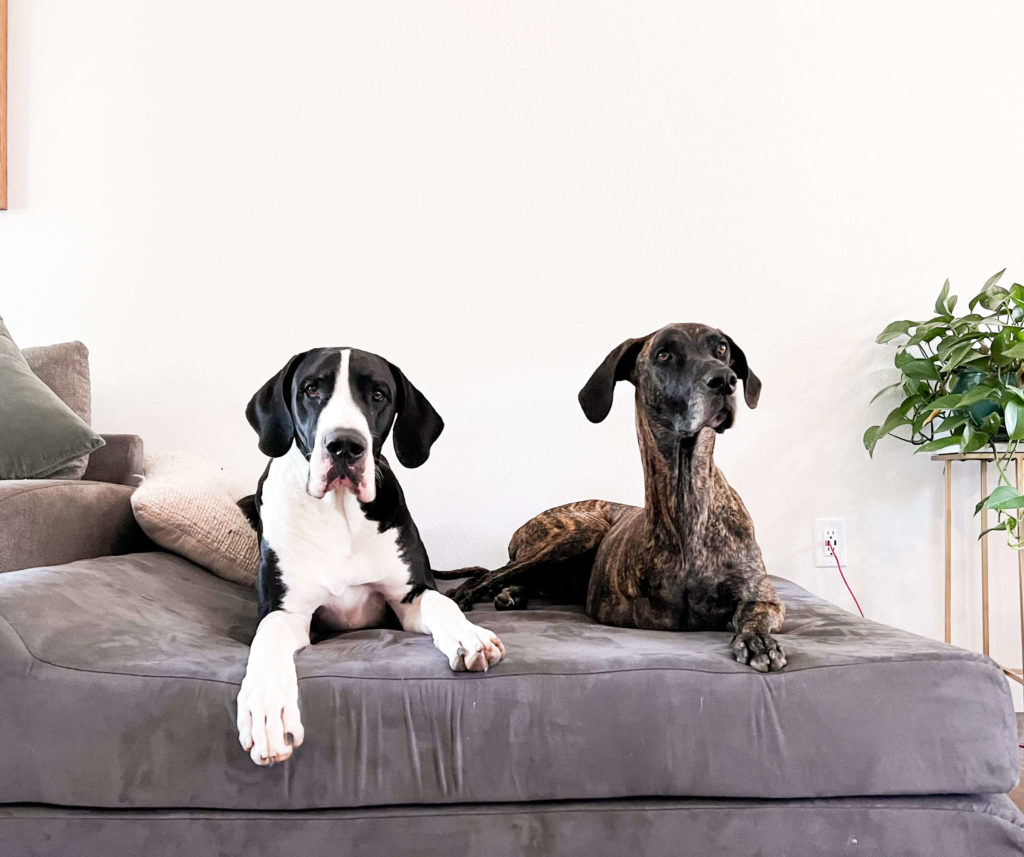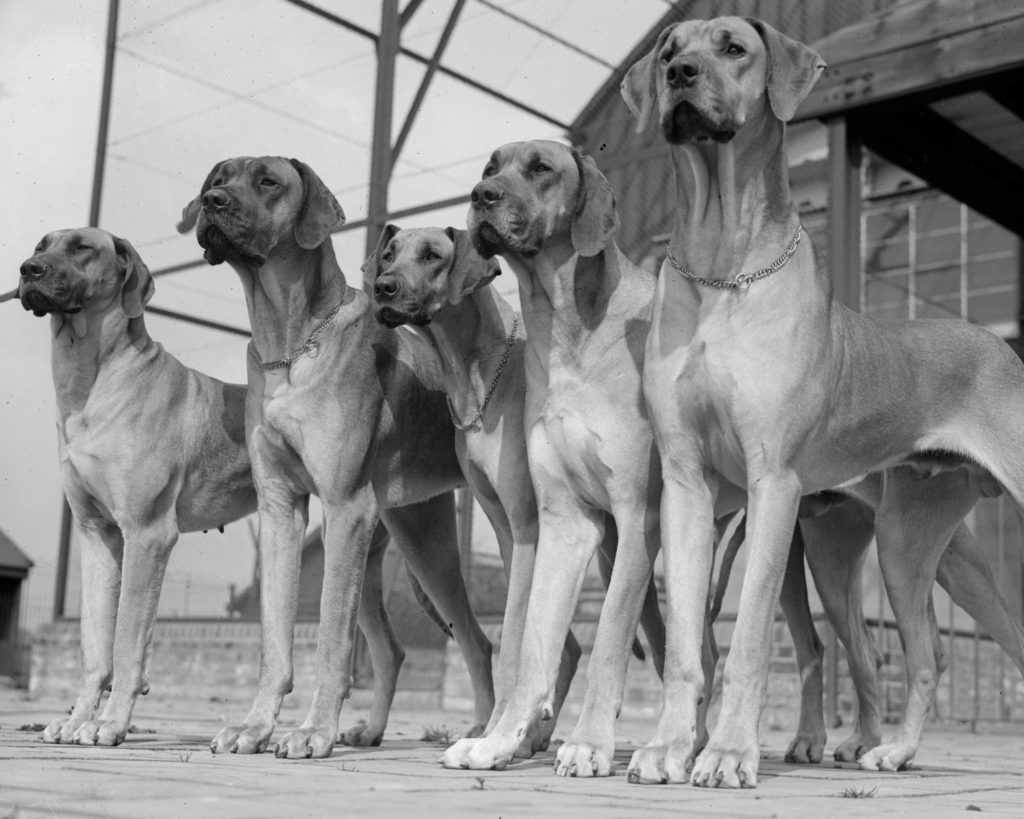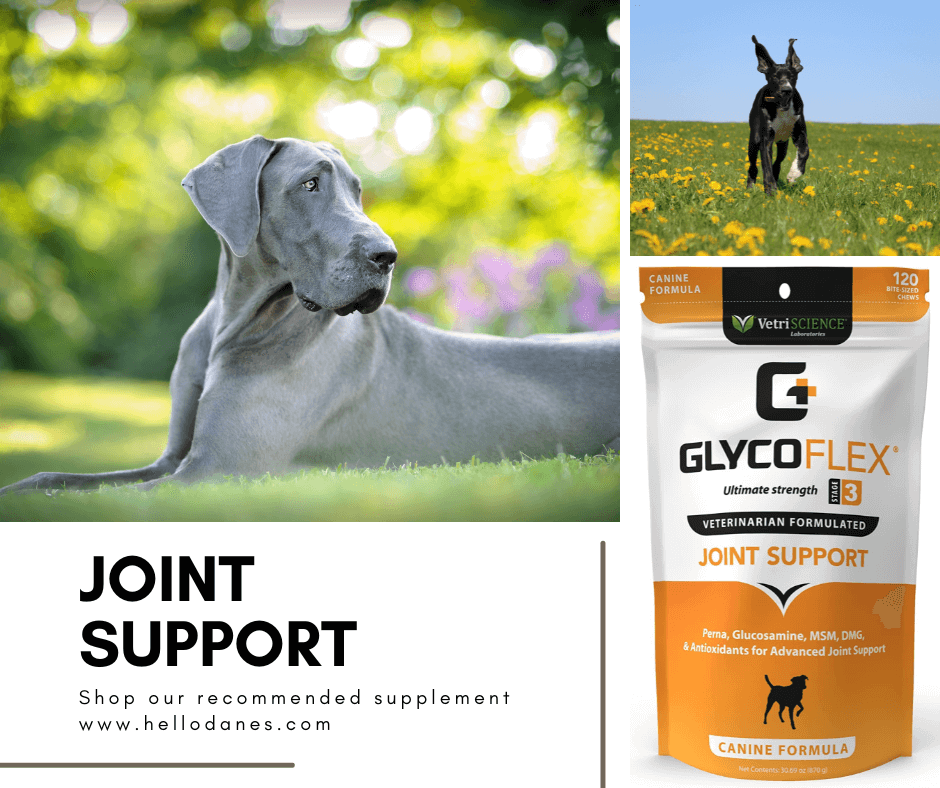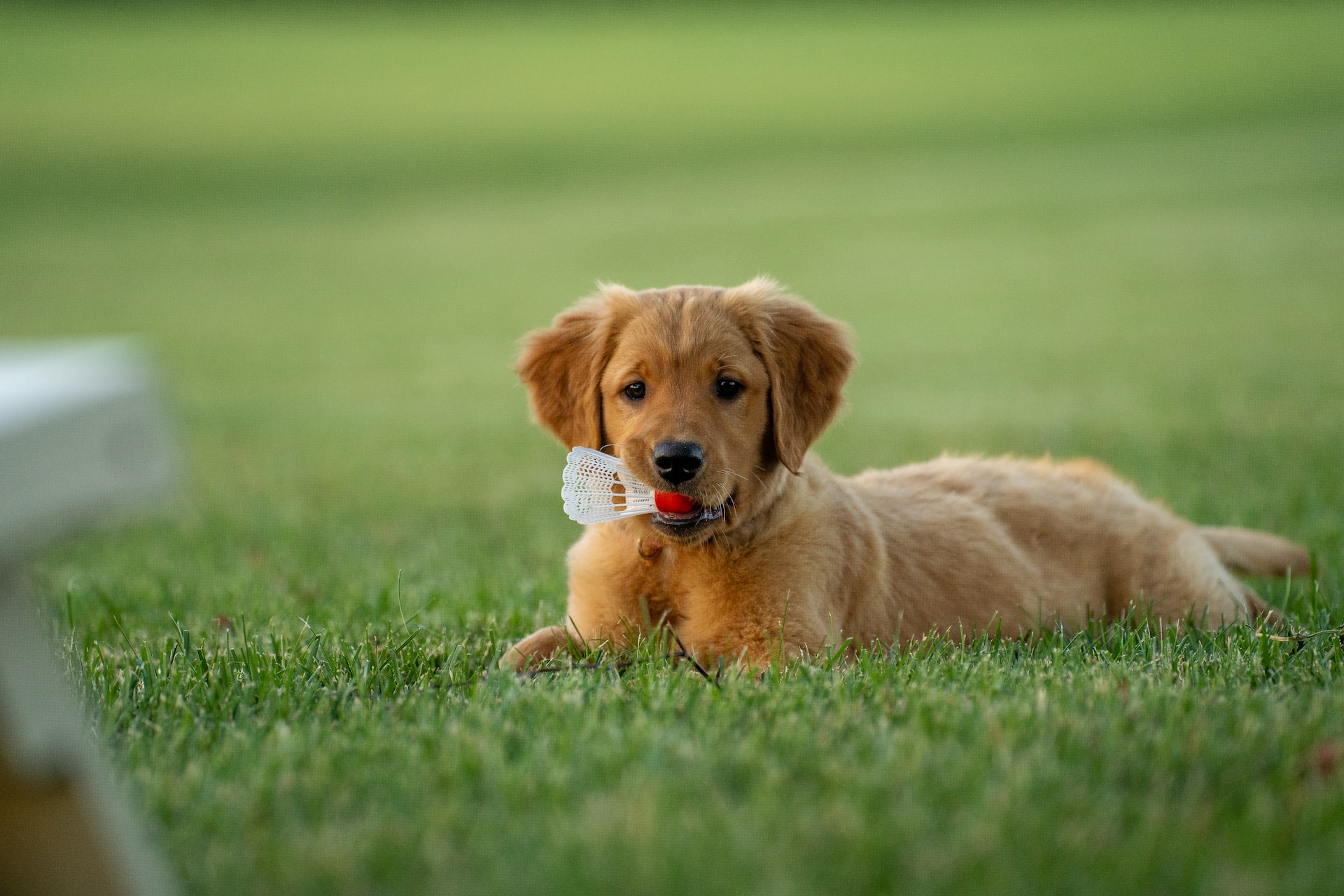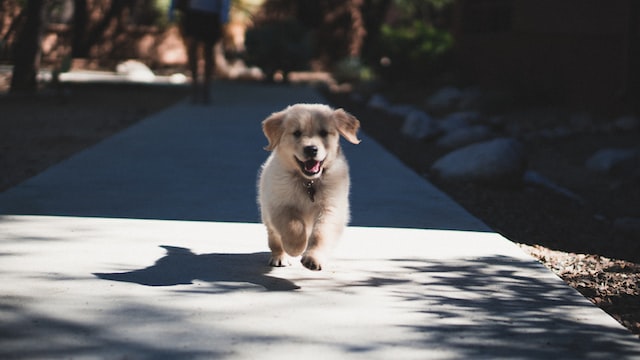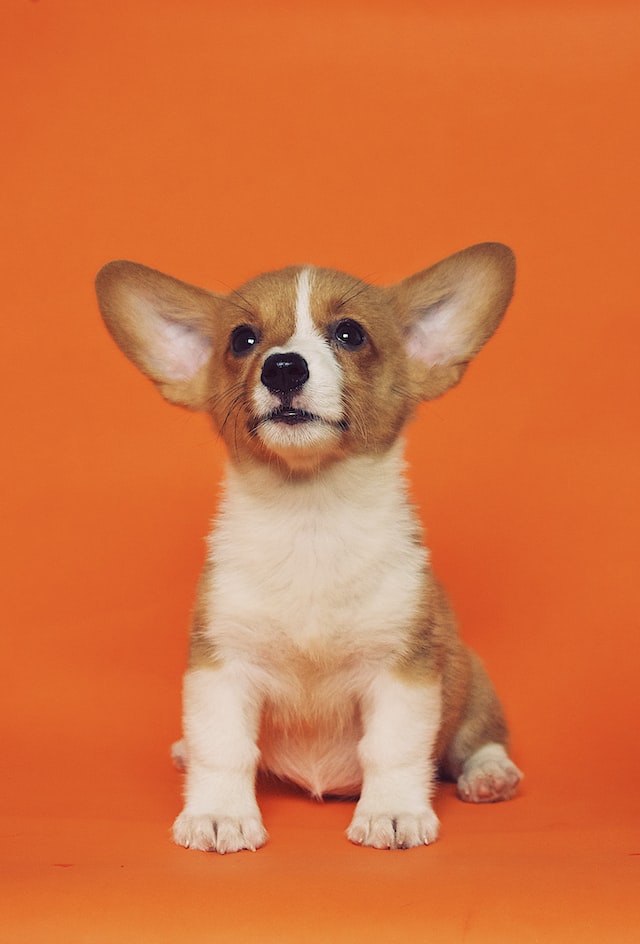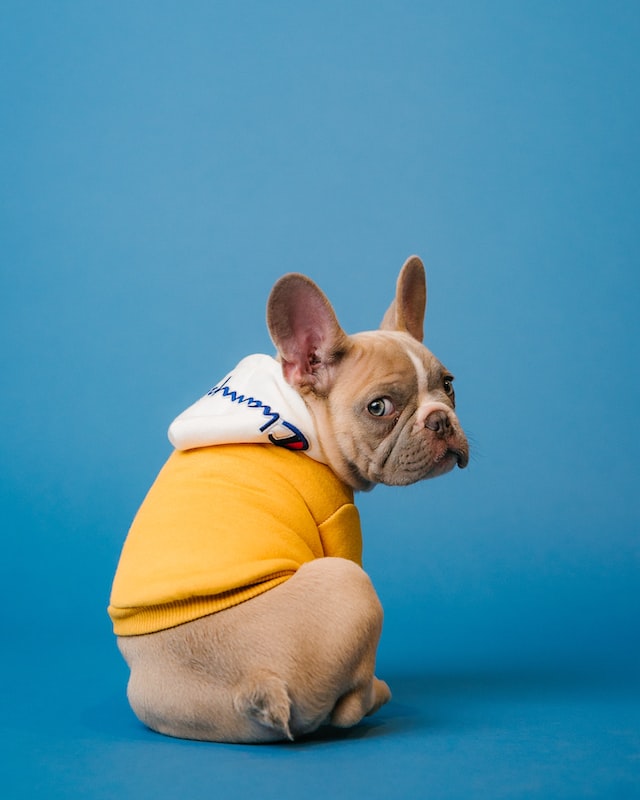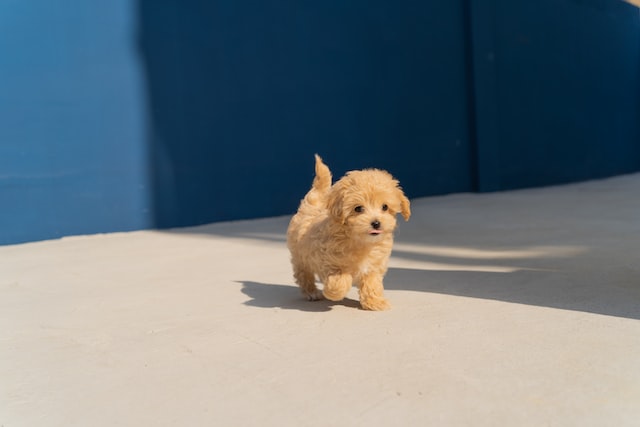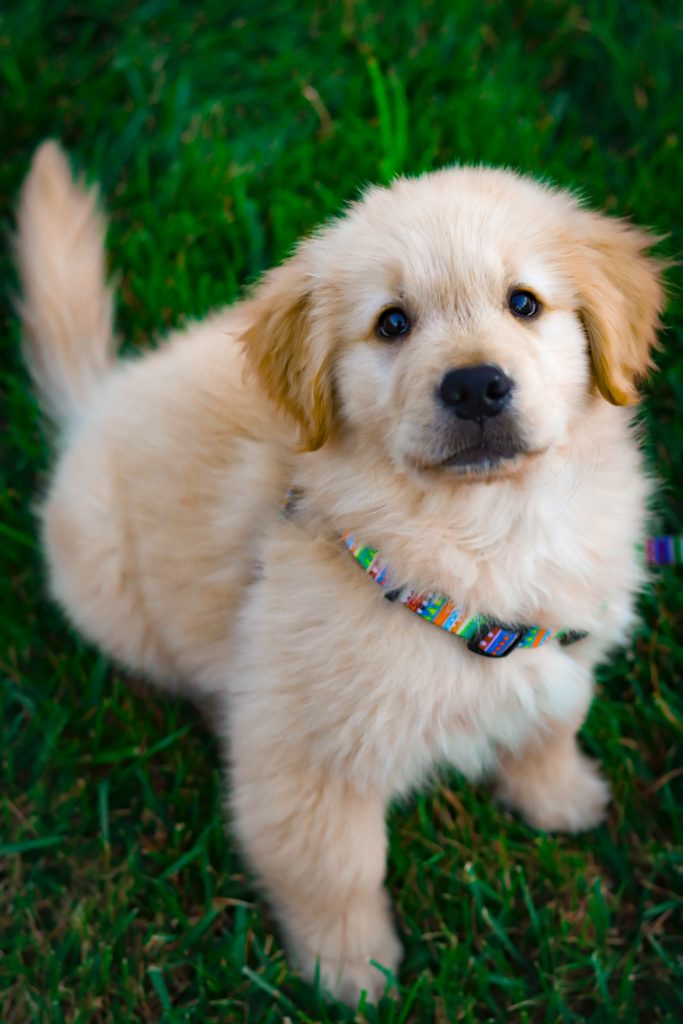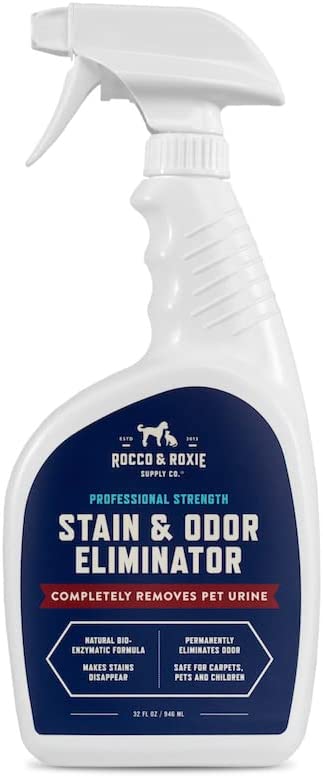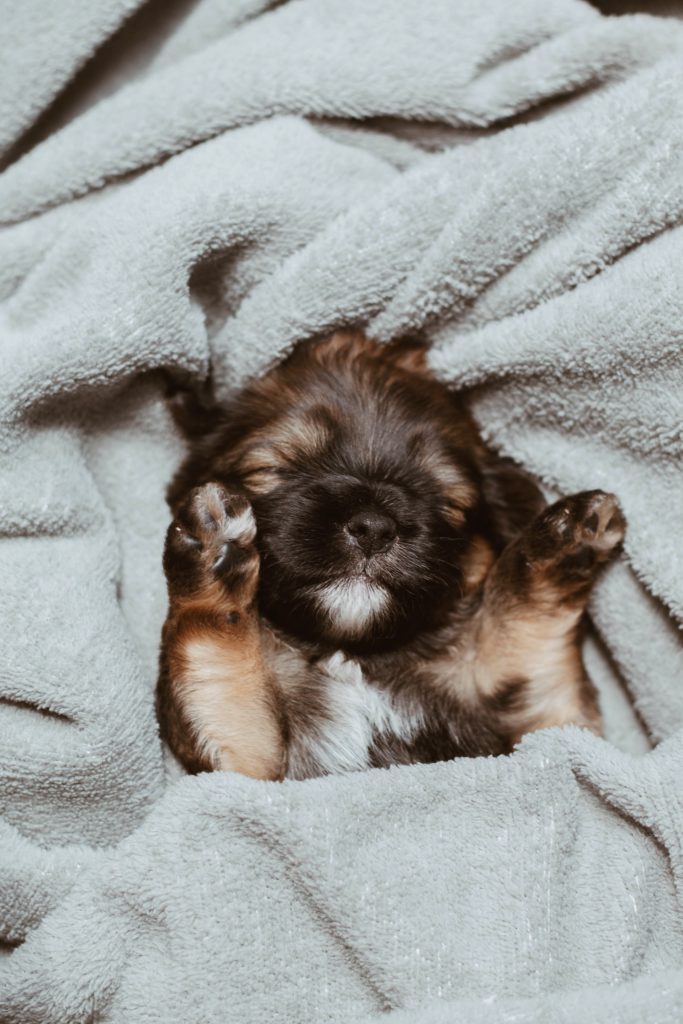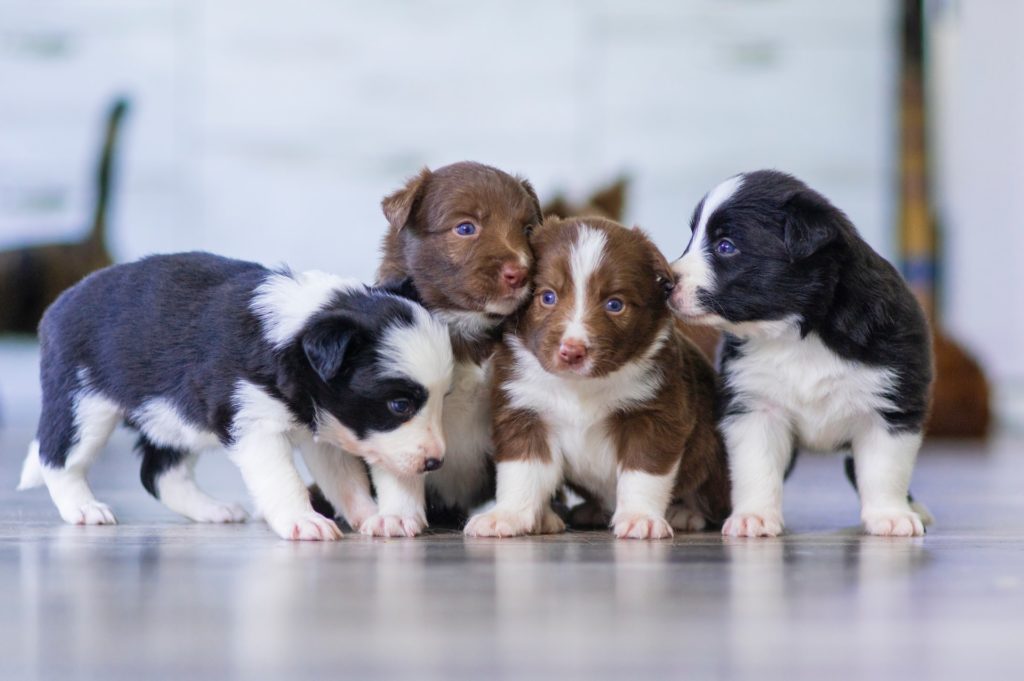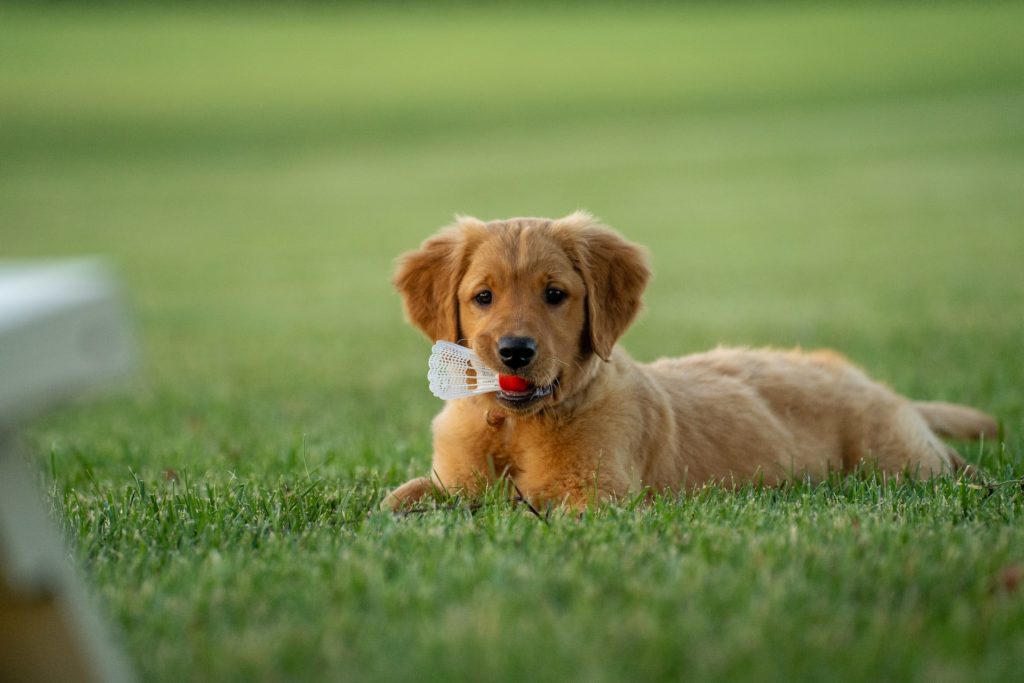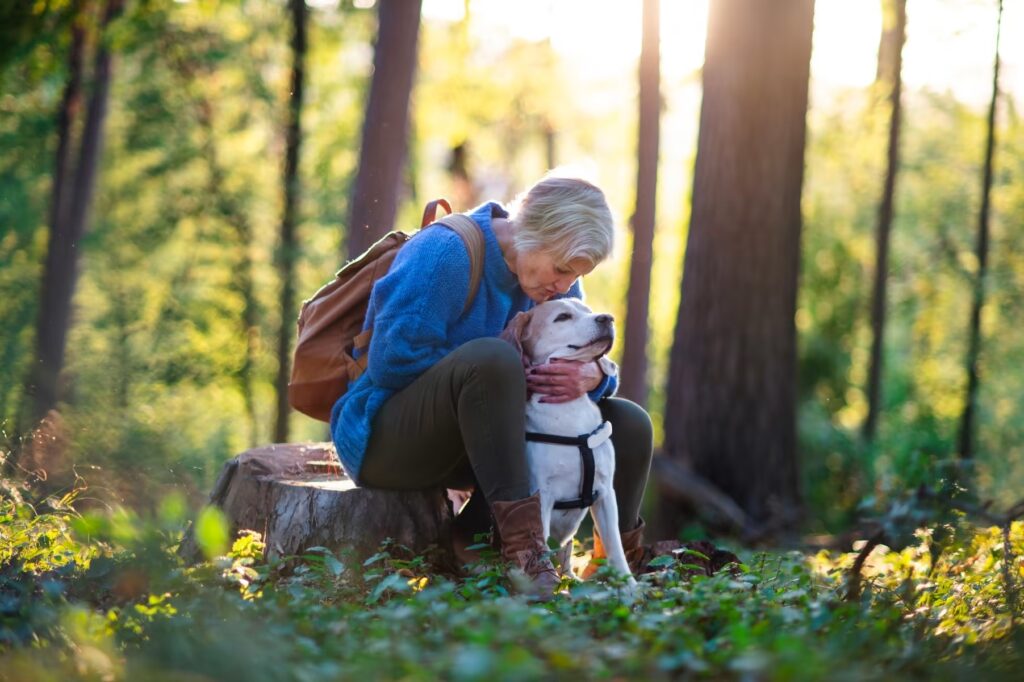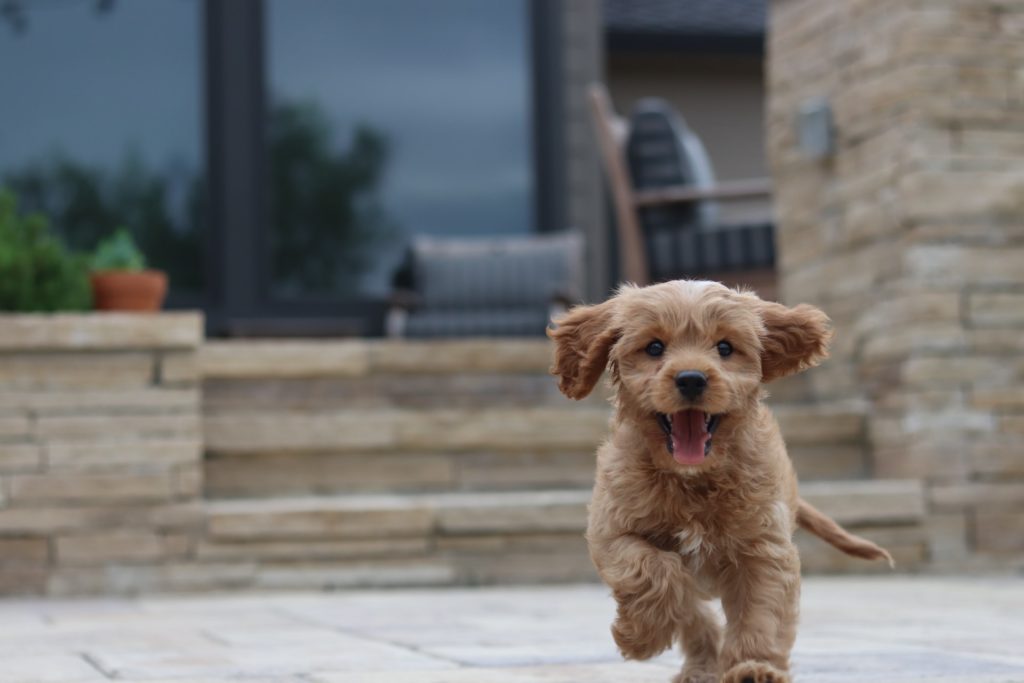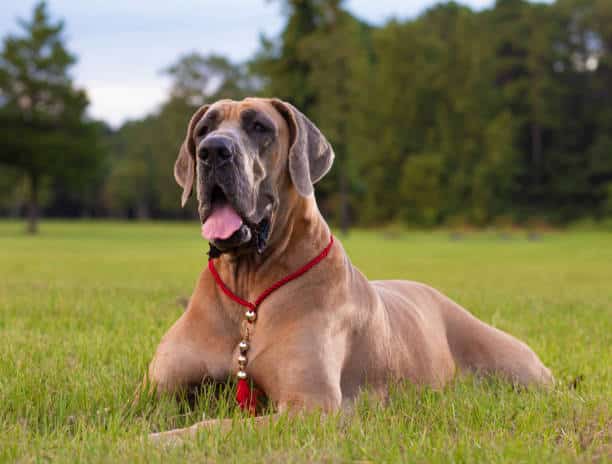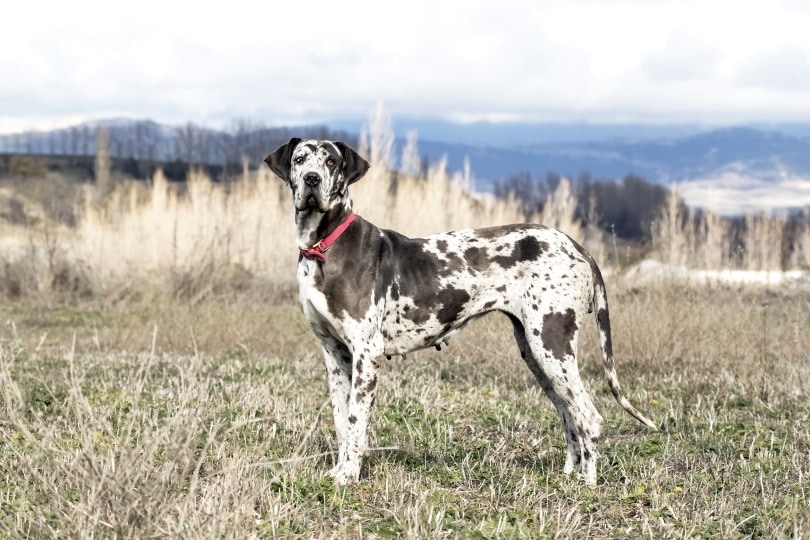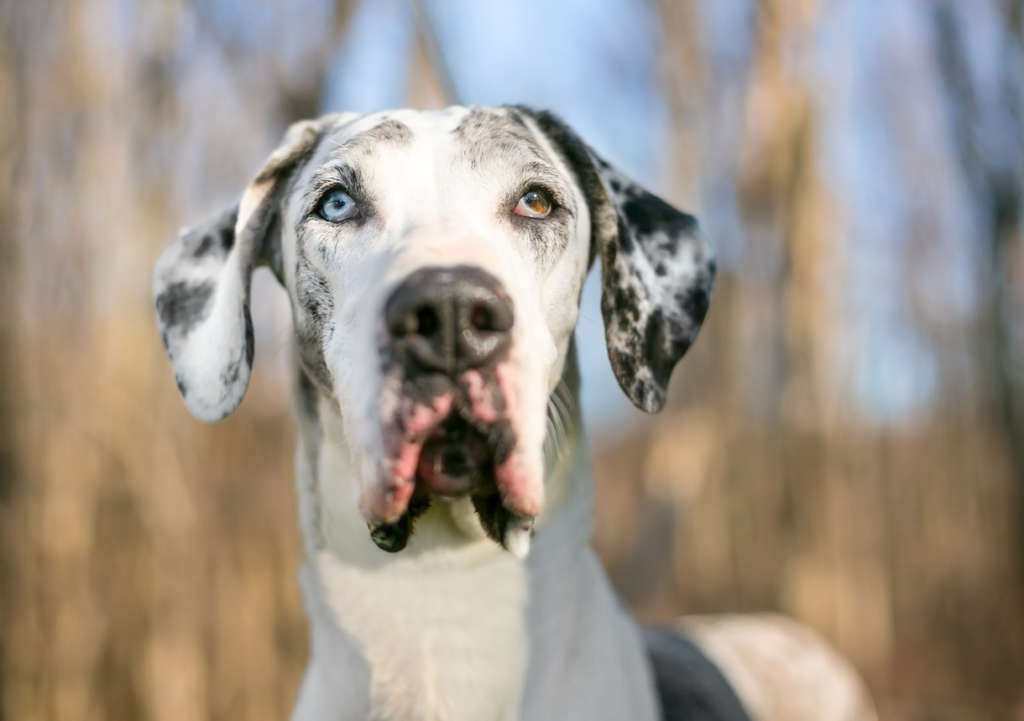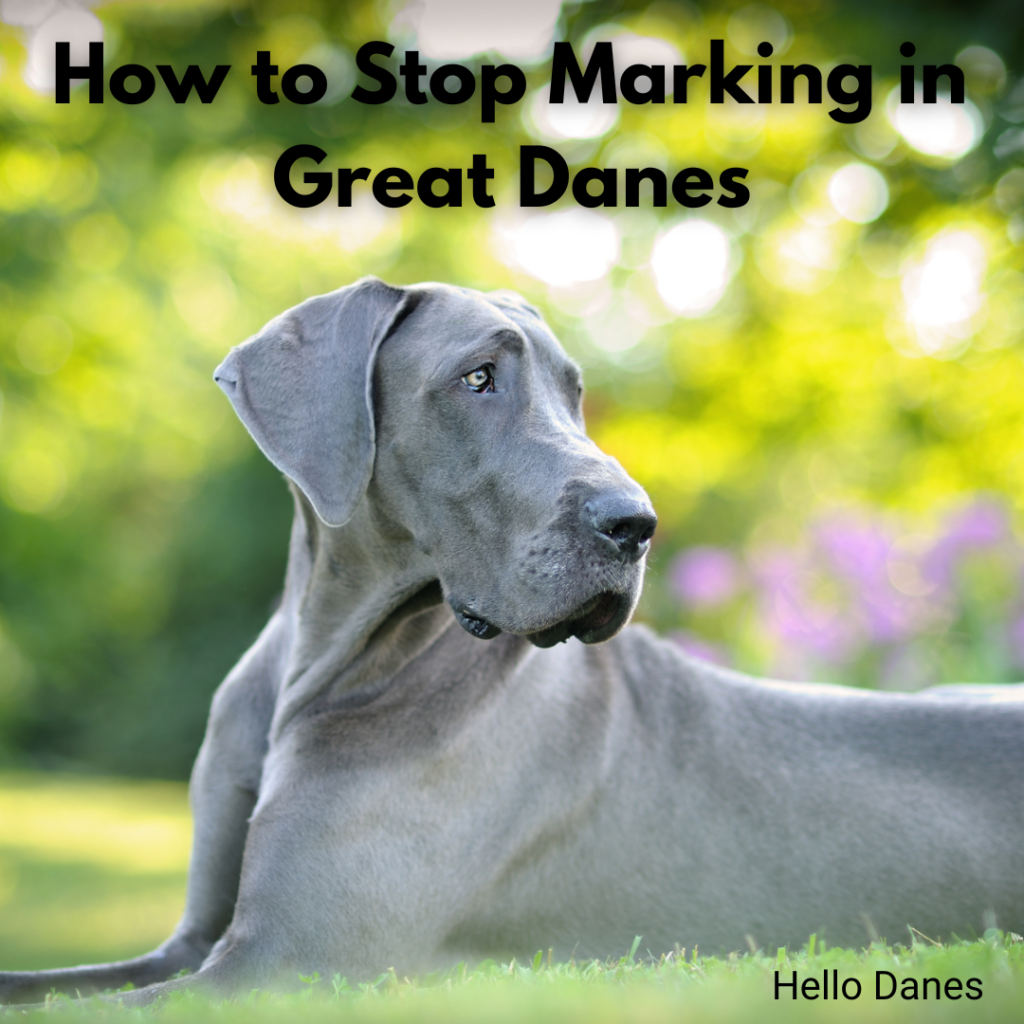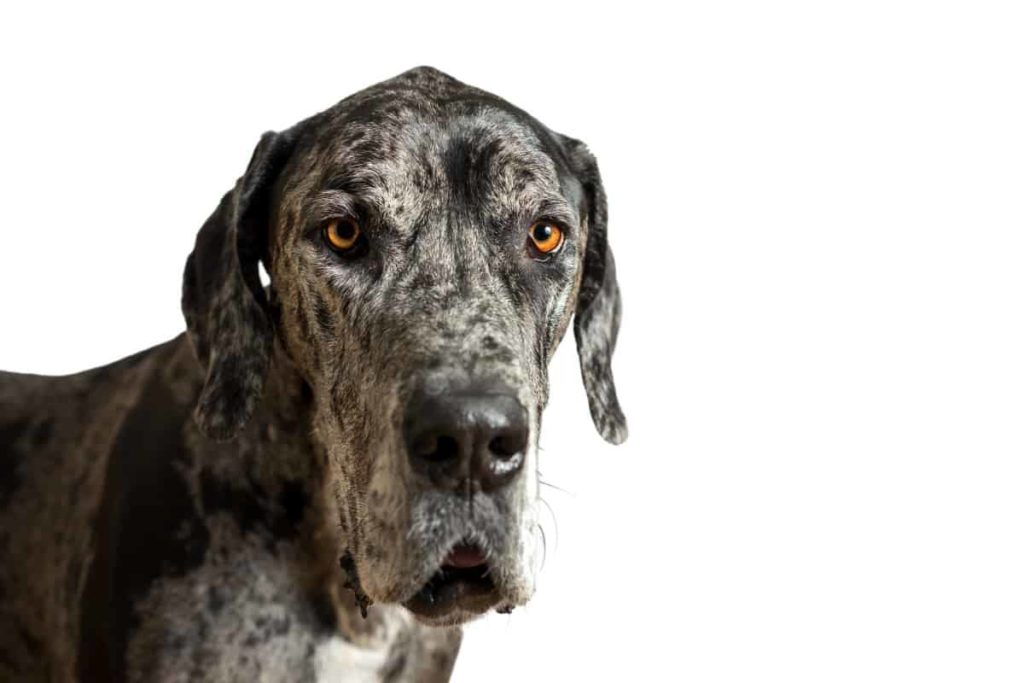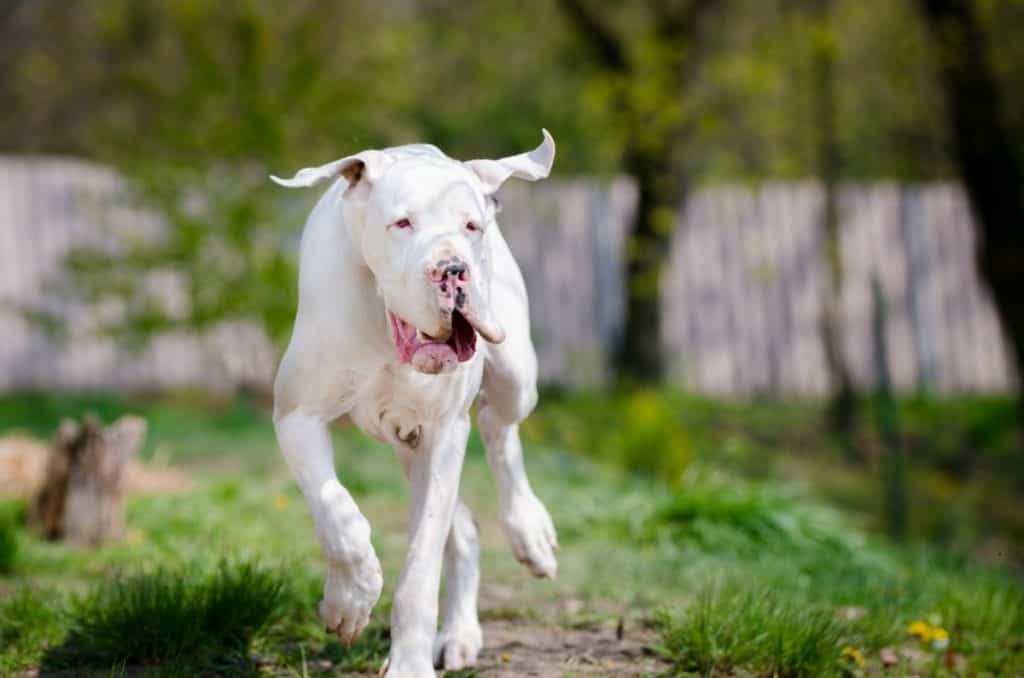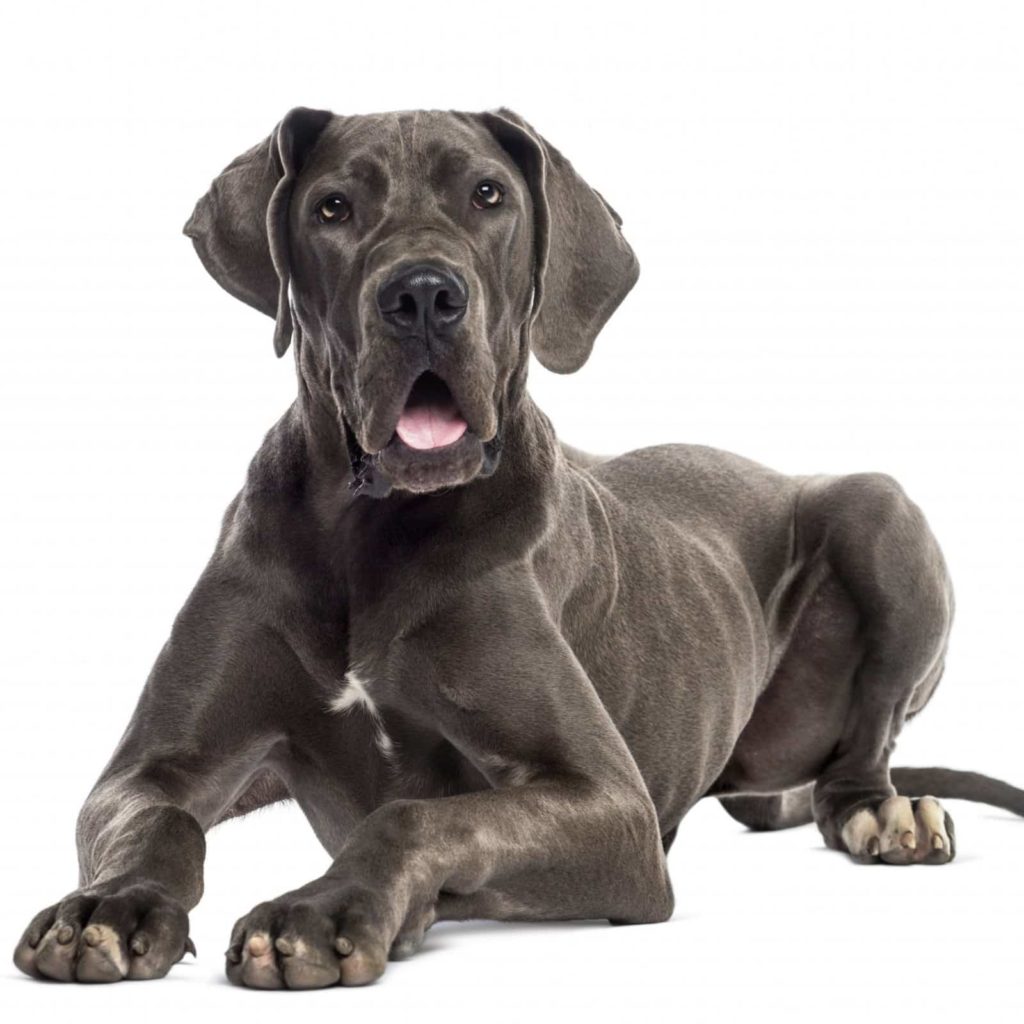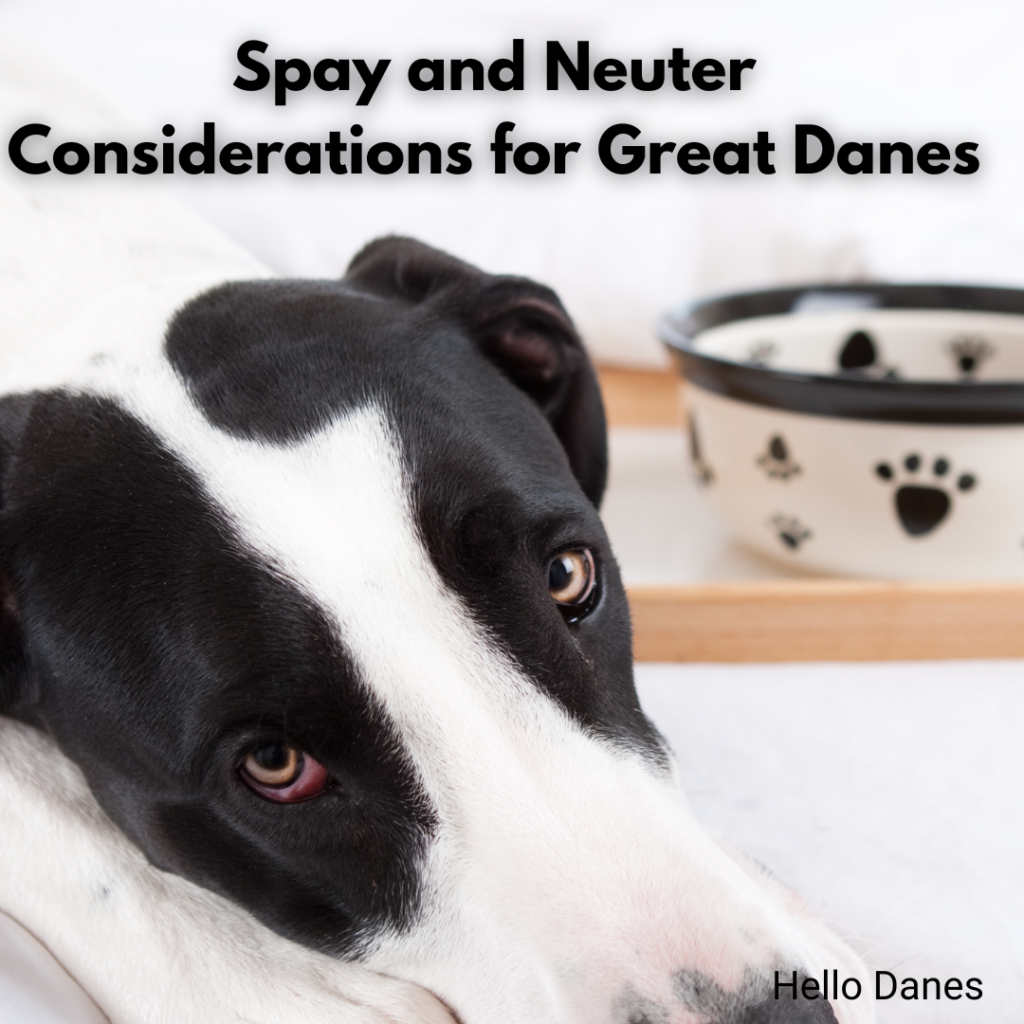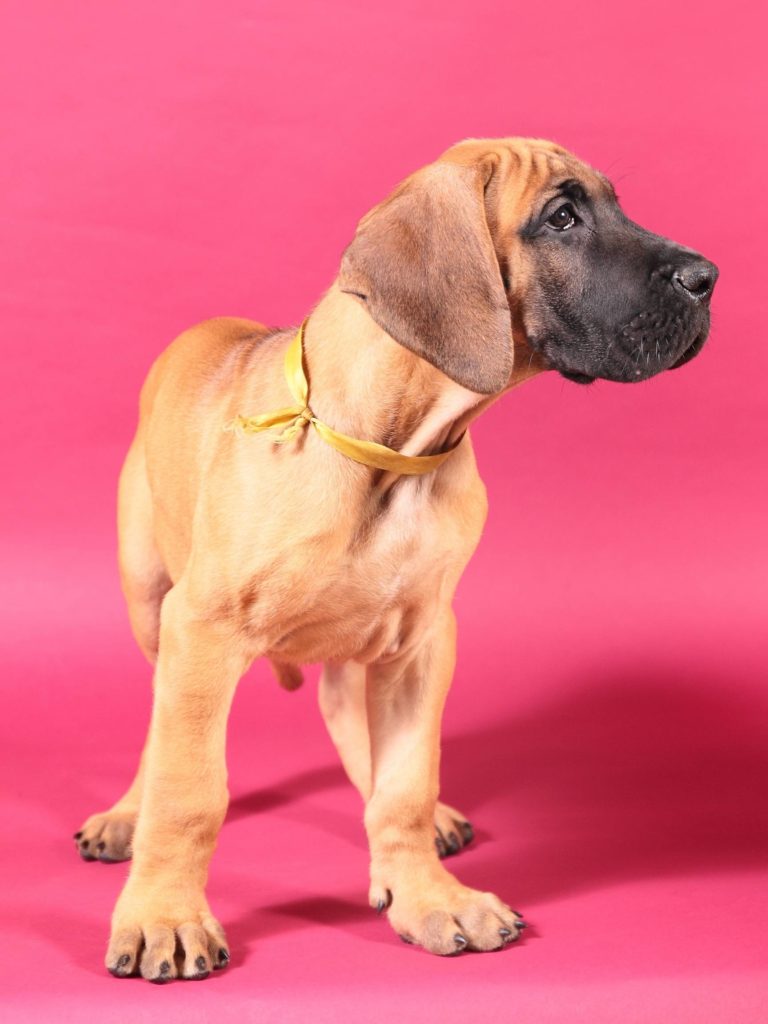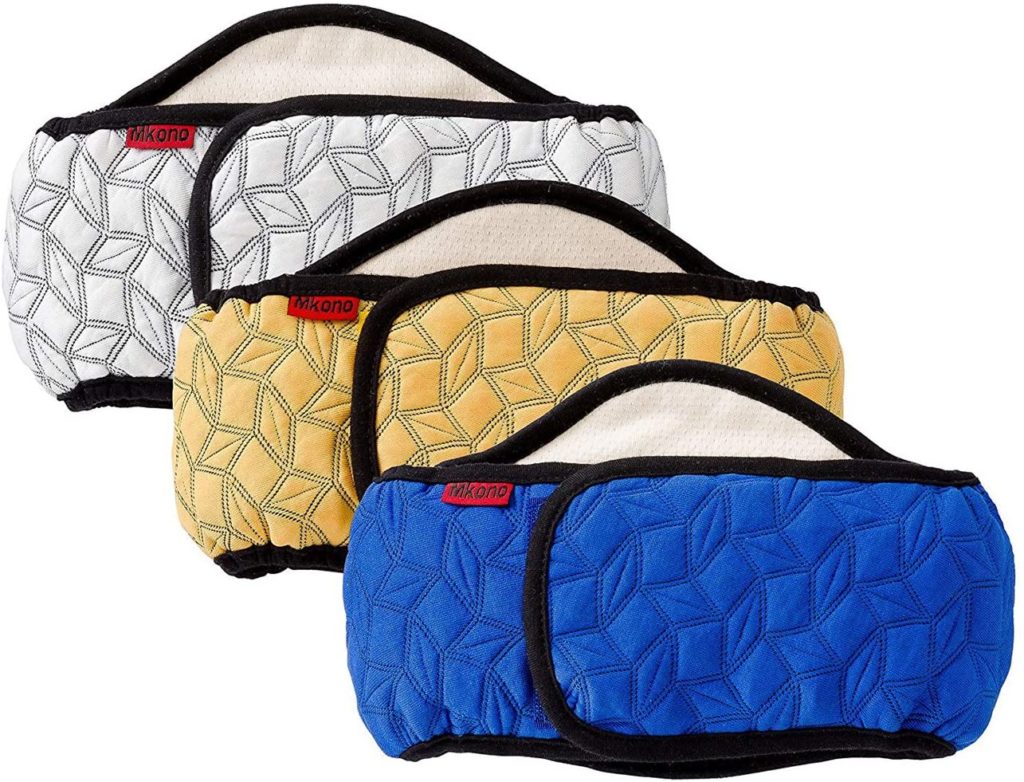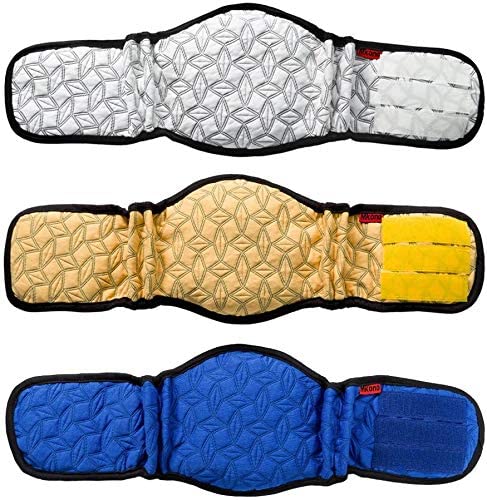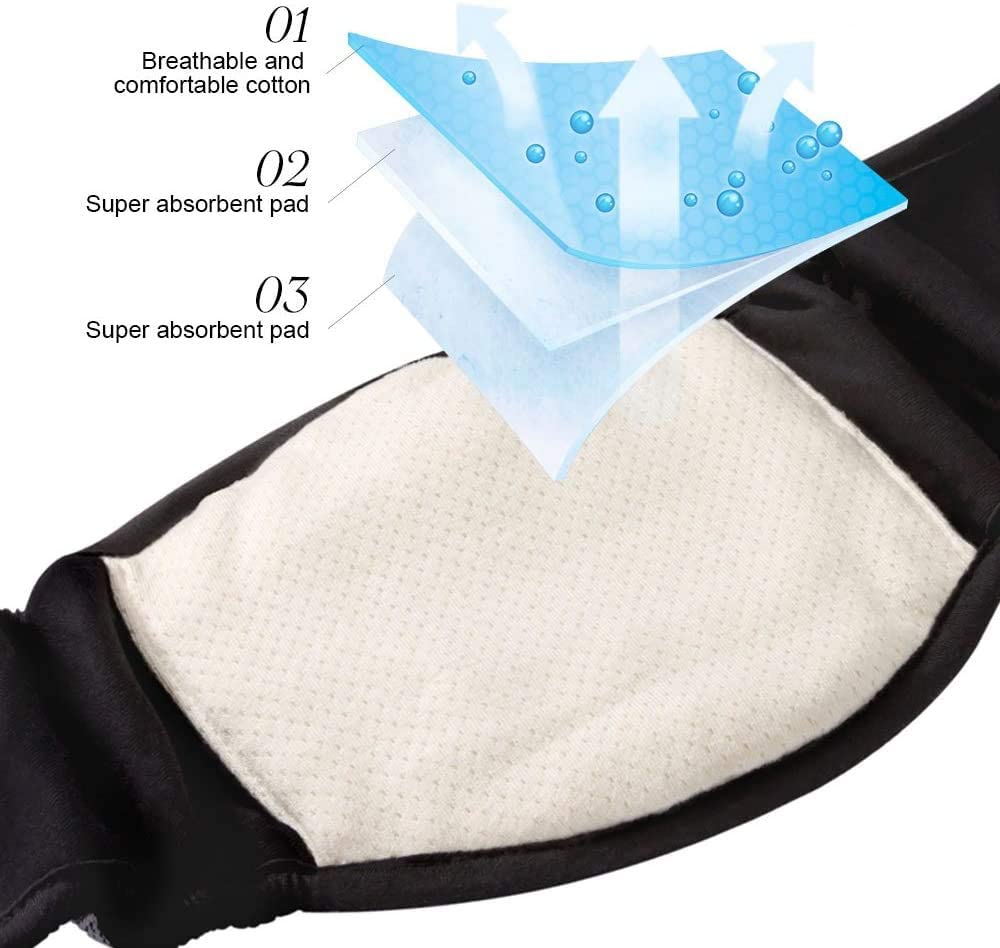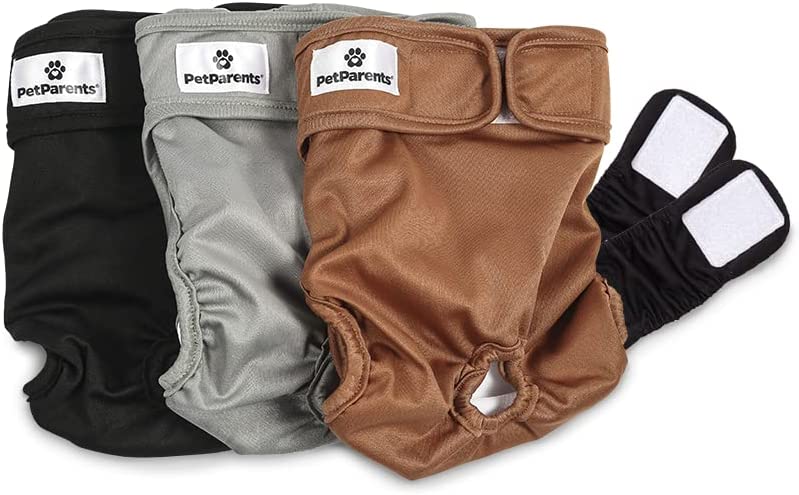If you’ve recently welcomed a Great Dane into your family, you may be wondering how to ensure they have positive interactions with other dogs. Socialization plays a crucial role in their development, and with the right techniques, you can help your Great Dane become a well-rounded and confident companion. There are many reasons to safely socialize a great dane with other dogs, and we’re going to dig into them!
In this guide, we will explore science-backed strategies for socializing your Great Dane with other dogs, paving the way for harmonious and enjoyable canine interactions. You will find information here about socializing giant breed puppies and adult or rescue dogs, too!
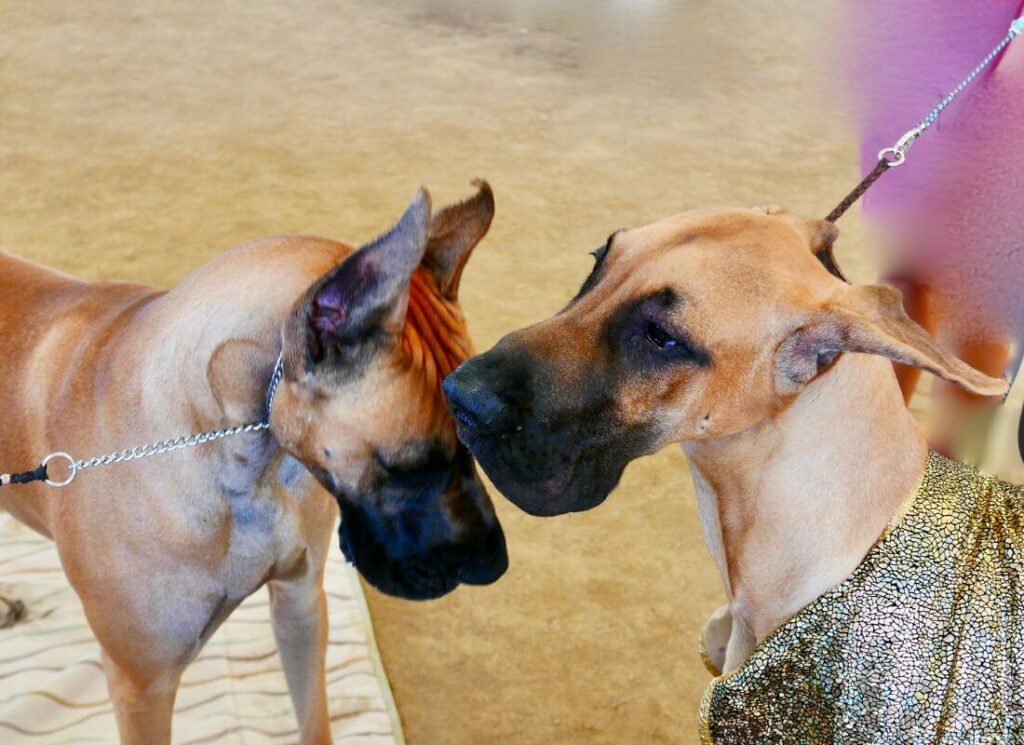
Why it’s important to socialize a Great Dane
Socializing giant breed dogs of all ages is important as it helps them develop crucial social skills, builds their confidence, and promotes positive interactions with other dogs.
Proper socialization can prevent behavioral issues and ensure that your Great Dane grows up to be a well-adjusted and friendly companion. In turn, this can make them easier to handle, live with, and enjoy!
By exposing them correctly to a variety of dogs, environments, and experiences, you can help your Great Dane navigate social situations with ease.
It’s important, however, to avoid common socialization pitfalls!
Tips for Socializing a Great Dane Puppy
Here are some of our favorite tips for socializing a Great Dane puppy around other dogs!
– Use positive reinforcement & predictable dogs
Start by choosing a calm and controlled environment, such as friend’s backyard and other friendly puppies or mature adult dogs. Avoid the dog park, as the risk of negative experiences is too high!
Begin with short and controlled interactions, gradually increasing the duration as your puppy becomes more comfortable and confident.
Always keep a close eye on their body language, ensuring they are relaxed and stress-free. Reward your Great Dane puppy with treats, praise, and affection for calm and friendly behavior towards other dogs.
Use a clicker or a verbal cue to mark the desired actions, such as coming to you instead of being rude to anothe dog, and then promptly offer a reward. Consistency is key; reinforce positive interactions consistently to create positive associations with other dogs.
As your puppy gains confidence and social skills, the process will become easier, leading to a well-adjusted and socialized Great Dane.
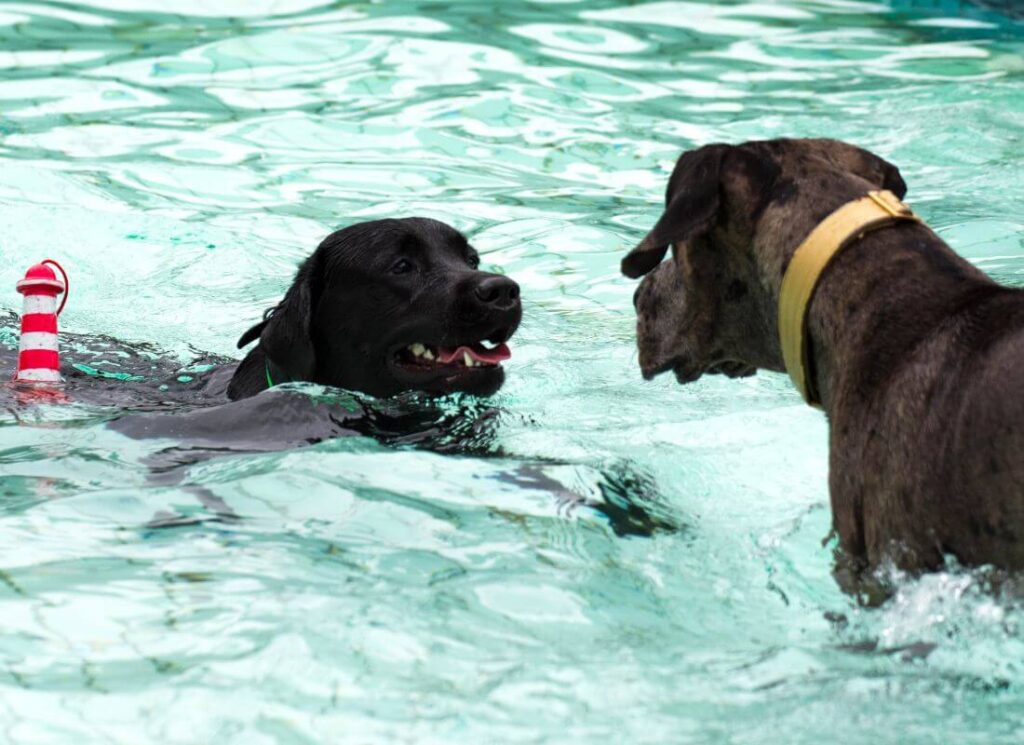
– Gradual exposure to other dogs
Of course, not every dog you meet will be a friendly puppy or mature adult! It is incredibly important to expose your Great Dane to other dogs, but in doing so, encourage them to be indifferent.
Teaching a puppy to ignore other dogs in their environment is an essential skill that promotes well-behaved and safe interactions.
To achieve this, begin with early socialization, introducing your puppy to various dogs in controlled settings as mentioned above. Reinforce basic obedience commands, like “sit” and “stay,” to help your pup maintain focus. When walking or in the presence of other dogs, use treats and positive reinforcement to reward calm behavior and attention to you.
If your puppy shows interest in other dogs, practice the “leave it” command, redirecting their attention. Consistent training and positive associations with ignoring other dogs will ultimately help your puppy develop the self-control necessary for well-mannered interactions in any environment. Be patient and persistent, as this training process takes time and practice.
Never let your Great Dane lunge or pull towards people or other dogs; these are hard habits to break and unfortunately can set the foundation for future leash reactivity.
– Enrolling in puppy socialization classes
Enrolling in puppy socialization classes is a fantastic decision for both of you. While they may seem trivial and repetitive, they are exactly what most dogs need!
These classes offer a structured and controlled environment for your puppy to interact with (or learn to ignore) other dogs and people, which is crucial for their well-rounded development.
Beyond just helping your puppy get used to different social situations, these classes also provide a platform for them to learn essential obedience skills and commands. It’s an excellent opportunity for you as a pet owner to receive guidance from experienced trainers and gain valuable insights into understanding your puppy’s behavior and needs.
Overall, enrolling in puppy socialization classes sets a strong foundation for a well-behaved and sociable dog. Don’t stop at the end of the 6 week puppy class! Work up to the Canine Good Citizen title.
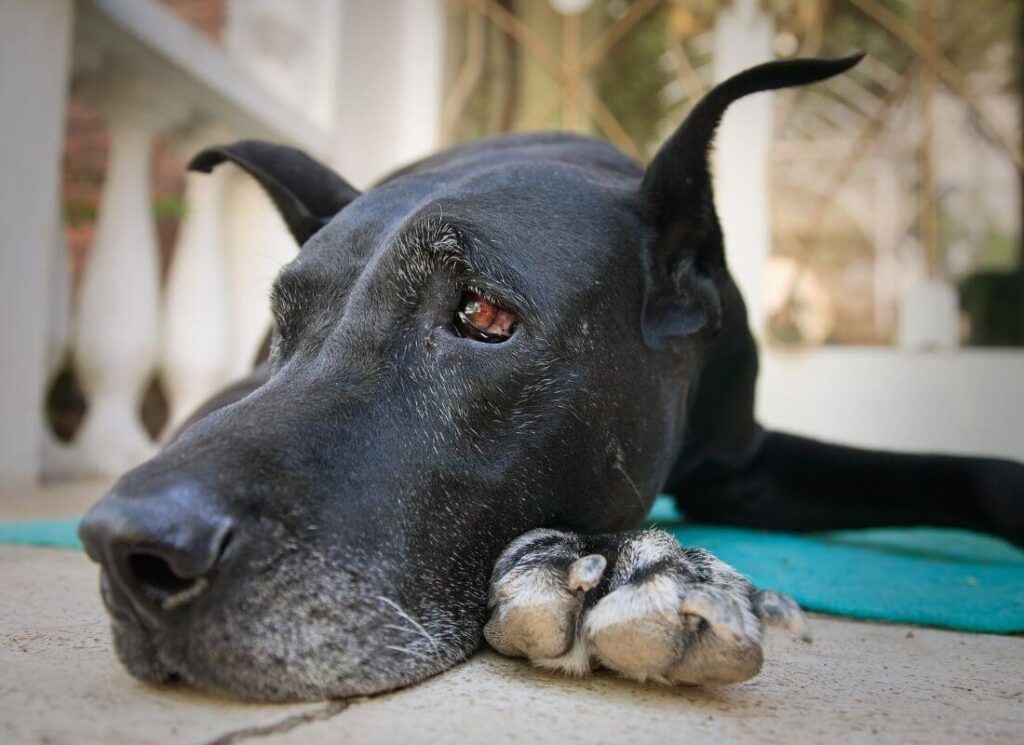
Socializing Adult or Rescue Great Danes
A common question that we receive is about socializing adult or rescue Great Danes.
Adult or rescue dogs that weren’t adequately socialized as puppies can exhibit a range of challenging behaviors.
They may struggle with fear or anxiety in unfamiliar situations or around new people and animals. Aggression, reactivity, or excessive shyness can also be issues, making it difficult for them to interact peacefully with others.
These dogs might not understand basic social cues, leading to communication problems with other dogs and humans. They may have difficulty adapting to new environments, which can be stressful for both the dog and their owner.
Patience, consistent training, and a supportive environment are crucial for helping these dogs overcome their socialization deficits and lead happier, more balanced lives.
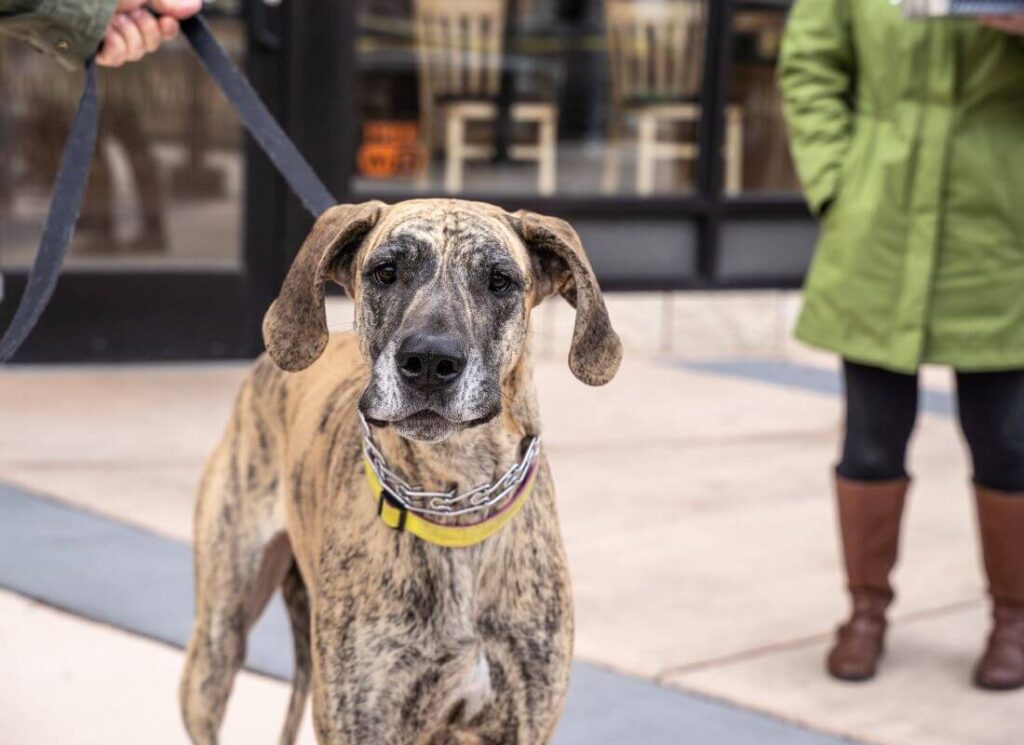
– Understanding previous experiences
A dog’s previous experiences play a pivotal role in shaping their ability to interact with the world.
Positive early experiences, including proper socialization and exposure to various people, animals, and environments, often result in a well-adjusted and confident dog. Conversely, dogs that have endured traumatic or negative experiences, such as a lack of socialization, abuse or neglect, may develop fear, anxiety, or aggression issues that hinder their social interactions.
These experiences can profoundly affect a dog’s trust in humans and their ability to navigate unfamiliar situations.
– Building trust through positive interactions
Building trust with undersocialized dogs may be a patient and delicate process that requires time, compassion, and understanding.
These dogs often have had limited positive interactions with humans and the world, which can make them anxious and defensive. The key to earning their trust is to create a safe and predictable environment. Don’t use harsh or dominating training techniques, and stop yourself from considering some of their behaviors a symptom of ‘stubbornness’.
Approach them calmly, use soft and reassuring tones, and avoid sudden movements. Offer treats, toys, and affection as rewards for any signs of progress, no matter how small. Consistency is vital; establish routines and boundaries to provide them with a sense of security.
Gradual positive exposure to new experiences, people, and animals should be introduced at a pace that respects their comfort levels. Building trust with undersocialized dogs can be a lengthy process, but as they begin to associate your presence with positive experiences, their confidence will grow, and your bond will strengthen.
Some dogs may never be fully confident, and that’s ok. Every effort you make will make a difference in their lives, though.
– Introducing them to well-socialized dogs
Introducing a fearful or unpredictable adult or rescue Great Dane to other dogs should be approached with caution and care to ensure the safety and comfort of all involved.
Here’s a step-by-step guide:
- Choose the Right Environment: Select a quiet, controlled environment for the introduction, away from distractions and busy dog parks.
- Leash and Safety: Keep both your Great Dane and the other dog on leashes for added control. Ensure that the other dog is well-behaved and sociable. This is key! Never try to introduce two dogs that are fearful or reactive.
- Observe Body Language: Watch both dogs’ body language closely. Look for signs of fear or stress, such as raised hackles, trembling, or avoidance behaviors. If either dog appears too anxious or aggressive, it may be best to postpone the introduction.
- Gradual Approach: Begin by keeping a considerable distance between the two dogs and allow them to observe each other from a distance. Reward calm behavior with treats and praise.
- Parallel Walking: After some time, if both dogs seem calm and curious, start a parallel walk, walking the dogs side by side. Keep a safe distance between them to reduce direct interaction.
- Allow Interaction: If the dogs continue to remain calm, you can allow them to approach each other under close supervision. Keep the initial meeting brief and positive, then separate them while rewarding with treats and praise.
- Repeat and Extend: Gradually increase the duration of their interactions during subsequent meetings, always maintaining a positive and controlled atmosphere.
- Watch for Signs: Continue to monitor their interactions for any signs of fear, aggression, or stress. If any issues arise, separate the dogs immediately and reassess the situation.
- Professional Guidance: If your Great Dane’s fear or anxiety persists, consider seeking guidance from a professional dog trainer or behaviorist who specializes in socialization and fearful dogs.
- Patience and Consistency: Remember that building confidence and trust in a fearful dog takes time. Be patient and consistent in your efforts and always prioritize the well-being of your Great Dane and the other dogs involved.
The key is to progress at your dog’s pace, ensure their comfort, and create positive associations with the presence of other dogs. Each dog is unique, and the timeline for successful socialization may vary.
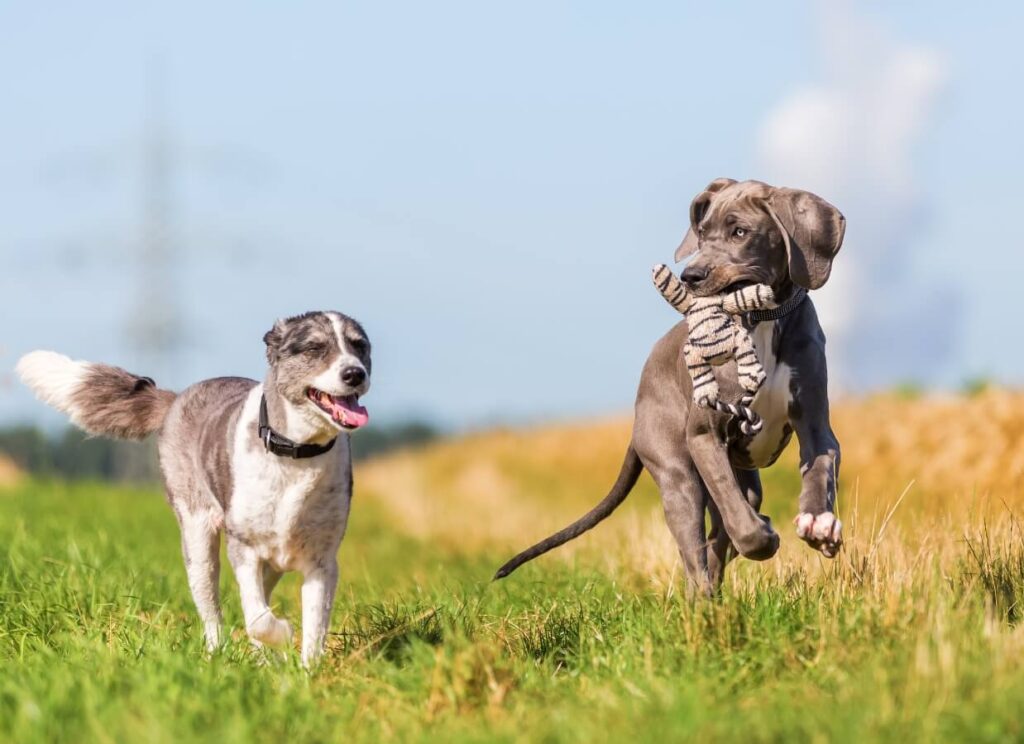
The Science Behind Dog Socialization
Modern positive dog socialization is rooted in a deep understanding of canine behavior and psychology, underpinned by scientific principles and even a little common sense.
This approach to socialization recognizes that dogs, like humans, thrive on positive experiences and reinforcement. It takes into account the extensive research on animal behavior, emphasizing the importance of positive interactions and rewards to shape their responses to the world around them.
The science behind modern positive dog training and ways to socialize a Great Dane aims to create a safe and enjoyable learning environment, helping dogs build confidence, develop essential social skills, and form strong bonds with their human companions.
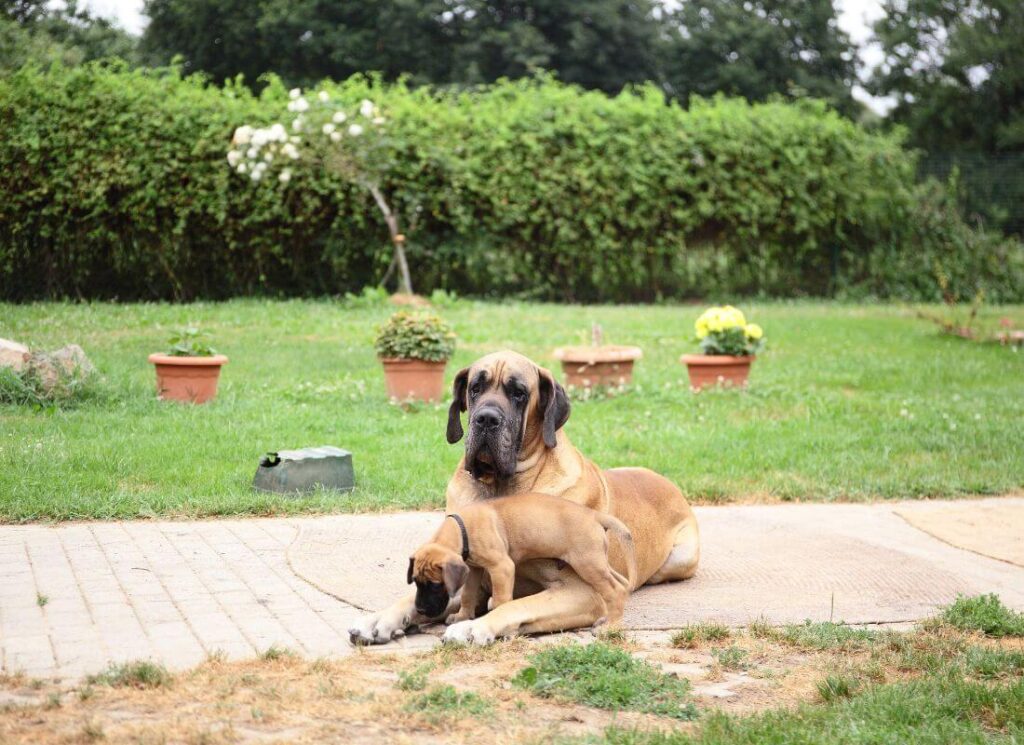
– The critical socialization period
The critical socialization for great dane puppies is a vital phase in their early development, typically occurring between the ages of 3 to 14 weeks. Of course, this is at the same time that many exciting or scary changes are happening, too!
Veterinary visits, meeting their new family, learning about crates and eating out of bowls, and even going home are big changes that can be scary to a new puppy. Proper Great Dane care and attention to their health, well-being, and experiences can really make a difference.
During this critical window, puppies are highly receptive to their environment, experiences, and social interactions. It is a time when they are most open to forming positive associations with people, other animals, and various situations.
– Impact of positive experiences on behavior
When puppies encounter a pleasurable experience, such as praise, treats, or play, their brains release chemicals like dopamine, which strengthen the neural pathways associated with that experience.
This process, known as associative learning, forms the basis for future behavior. Positive experiences help puppies build confidence, trust in humans, and learn valuable skills.
They also create lasting positive associations with various stimuli, making puppies more adaptable, resilient, and less likely to develop behavioral issues in the future.
This scientific understanding underscores the importance of providing puppies with a nurturing, positive environment rich in diverse experiences to shape their behavior and ensure they grow into well-adjusted, happy adult dogs.
Why Socialization Matters for Great Danes
As much as we may love them, it can be difficult or even dangerous to navigate through life with a giant breed dog that is fearful, aggressive, or reactive. When we don’t throughly socialize a Great Dane puppy, we risk this becoming a reality.
Socialization is of paramount importance for Great Danes due to their unique characteristics and potential size. Great Danes are one of the largest dog breeds, known for their gentle and friendly nature. However, their imposing size can be intimidating to others, especially if they don’t exemplify the breed standard (friendly & confident).
Well-socialized Great Danes are more likely to be relaxed, well-behaved, and comfortable in various social situations, making them safer and more enjoyable companions for their families and those they encounter.
– Preventing fear and aggression
Preventing fear and aggression from developing in the first place is key.
- Positive Reinforcement: Utilize positive reinforcement techniques to reward desired behaviors with treats, praise, and affection. Focus on what the puppy is doing right, rather than punishing for mistakes.
- Gentle Leash Training: Discourage pulling and avoid situations where they puppy may be putting pressure on their throat, which can ultimately lead to fear and aggression. Practice loose leash walking, rewarding the puppy for walking calmly by your side.
- Desensitization: Gradually expose your puppy to various environments, people, and other animals while maintaining a safe and controlled distance. Reward them for calm and non-reactive behavior.
- Socialization: Begin socializing your puppy early, but ensure that the interactions are positive and stress-free. Choose well-behaved and friendly dogs for socialization, and monitor the encounters closely.
- Consistency: Maintain a consistent routine and use clear, non-confrontational commands to teach your puppy. Consistency helps the puppy understand what is expected of them.
- Avoid Punishment: Refrain from punitive and outdated training methods that create fear or anxiety. Punishment-based (“Alpha”) training can lead to aggression and defensive behavior.
- Professional Guidance: Consider consulting a professional dog trainer or behaviorist who specializes in positive reinforcement methods if you encounter challenging behavioral issues. They can provide personalized guidance and support.
- Patience: Understand that training takes time and patience. Some puppies are genetically prone towards fear and aggression, which really speaks to the importance of choosing a good Great Dane breeder. Each puppy is unique, and their progress may vary. Be patient and always prioritize their emotional well-being.


